Tibetan Thangka
Tibetan Thangka Paintings: A Sacred Art of Tibet
Showing 1–16 of 81 results
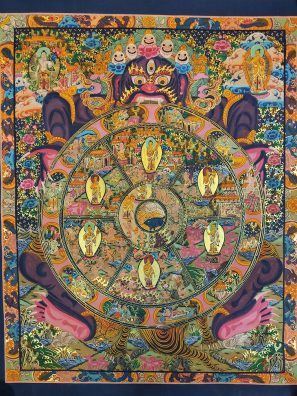
Teachings of Buddha – Wheel of Life Thangka
Sale! Original price was: $167.00.$116.00Current price is: $116.00. Add to cart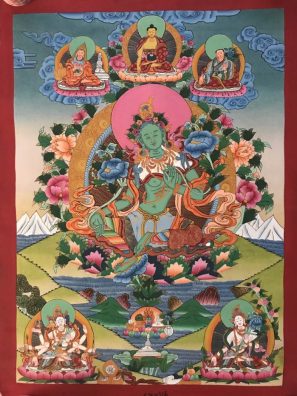
Affordable Green Tara Thangka a Buddhist Gift
$167.00 Add to cart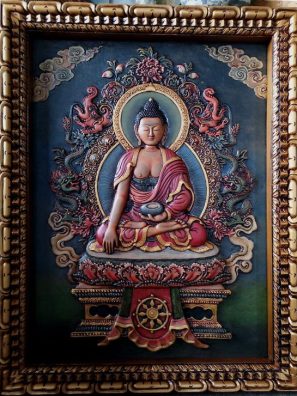
Shakyamuni Buddha Relief Thangka Painting – for Buddhist Altar Wall Hanging
$397.00 Add to cart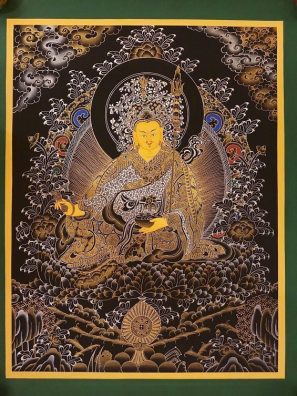
Guru Rinpoche Thangka – Tibetan Tradition Buddhist Altar and Wall Art
$227.00 Add to cart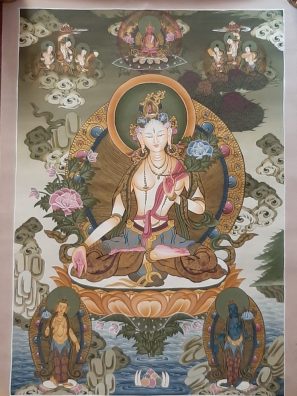
White Goddess Tara Thangka Painting for Buddhist Altar and shrines
$297.00 Add to cart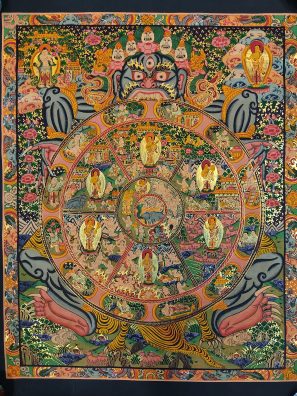
Wheel of Life – Teachings of Lord Buddha
Sale! Original price was: $167.00.$116.00Current price is: $116.00. Add to cart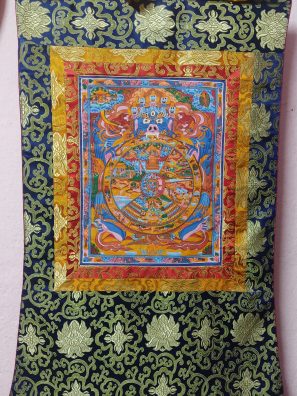
Wheel Of Life Thangka(37×29 cm)with brocade Nepal
Sale! Original price was: $147.00.$107.00Current price is: $107.00. Add to cart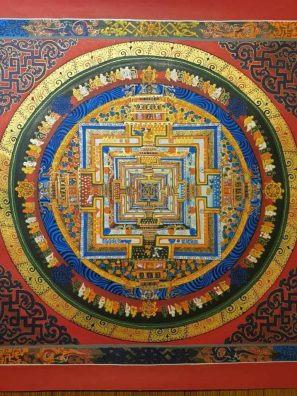
Kalachakra Wall Art- Perfect for Home Decor and Meditation Altar
$147.00 Add to cart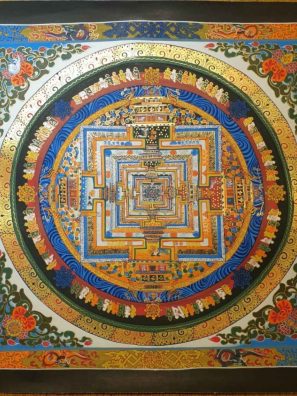
Kalachakra Thangka Painting- Tibetan Wall Art Hanging- Spiritual Gift
$147.00 Add to cart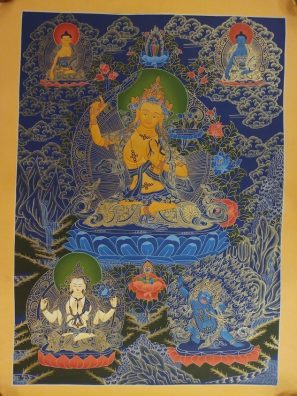
Manjushri Thangka Wall Art for Buddhist Shrines and Altar
$297.00 Add to cart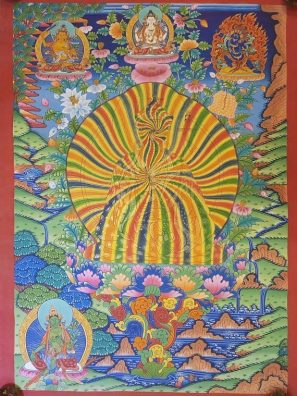
Rainbow Guru Thangka – Buddhist Wall Art for Altar and Shrines
$297.00 Add to cart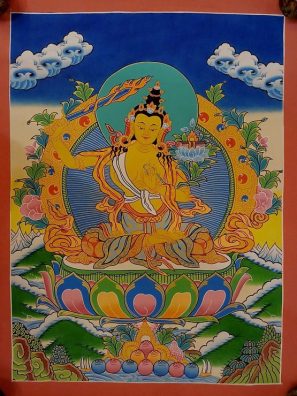
Manjushri Tibetan Thangka Painting – for Buddhist Shrines.
$127.00 Add to cart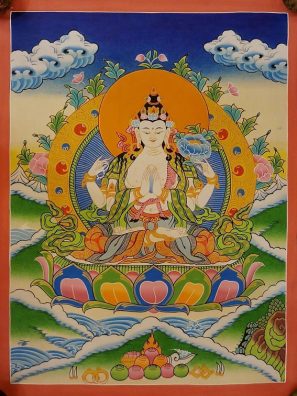
Chenrezig Tibetan Thangka Painting – for Buddhist Shrines
Sale! Original price was: $127.00.$98.00Current price is: $98.00. Add to cart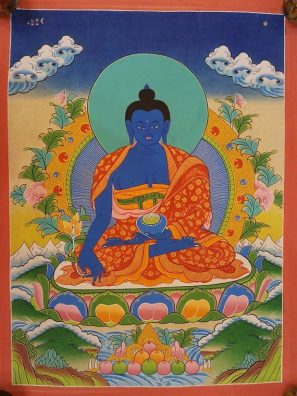
Medicine Buddha Thangka Painting – Perfect for Buddhist Altar and Zen Home.
$127.00 Add to cart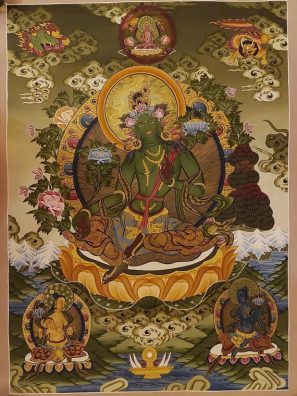
Green Tara Thangka Painting for Buddhist Altar and Shrines
$297.00 Add to cart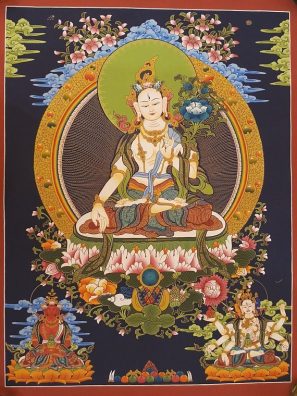
White Tara Thangka – Buddhist Painting for Buddhist Altar and Wall Hangings
$247.00 Add to cart
Tibetan Thangka painting is a unique art form of Tibetan Buddhism that depicts numerous aspects of the Buddhist teachings with various kinds of deities, mandalas, scenes, symbols in the background. The Tibetan Thangka paintings usually have main deity in the middle which is accompanied by other (sidekick deities) side deities. It also generally consist of natural scenes such as cloud, mountains and rivers.
Thangka paintings aren’t only beautiful artworks, but additionally potent tools for meditation, teaching, and blessing. The background of Tibetan thangka portray may be traced back to India, where the very first Buddhist images had been produced. According to legend, the Buddha himself instructed his disciples to draw his likeness on a fabric so that individuals could keep in mind about him well after his Nirvana (loss of life). The earliest surviving illustrations of Buddhist paintings are found in the Ajanta caves in India, dating in the fifth century CE.
From India, the artwork of thangka paintings spread to Tibet along with the transmission of Buddhism in the 7th century CE. Tibetan artists adopted and adapted the Indian fashion, incorporating components from Nepalese and Chinese artwork also. Thangka painting flourished in Tibet under the patronage of varied rulers and monasteries, who commissioned thangkas for spiritual and political purposes. Thangkas had been also used as transportable altars, banners, and offerings during ceremonies and festivals.
Tibetan Thangka Art is really a complicated and meticulous process that needs ability, devotion, and understanding. Thangkas are usually painted on cotton or silk material, utilizing mineral and organic pigments combined with animal glue and drinking water. The material is stretched on the wood frame and coated having a skinny layer of chalk or clay to make a smooth surface. The artist then sketches the images with charcoal or ink with strict recommendations and measurements according to sacred texts and traditions. The sketch is then filled with colors, starting in the track record and shifting towards the foreground. The final touches include shading, highlighting, and outlining with gold or silver.
Thangkas are often framed with silk brocade and wood rods, which permit them to become rolled up and saved when not in use. Thangkas are also consecrated by a lama or a monk, who recites prayers and mantras and seals them with sacred symbols and relics. This transforms the thangka from the mere painting to a living embodiment of the Buddha or even the deity depicted on it.
**One from the most often asked questions about thangka painting is just how long does it take to create 1. The answer is dependent on many elements, such as the size, complexity, quality, and style from the thangka.
In general, a typical thangka is about 18 x 12 inches in size and requires an artist about six months to complete the drawing. However, some thangkas can take much longer, especially if they are very big or intricate. For example, a big thangka of Avalokiteshvara (the Buddhist deity of compassion) that was created by Tibetan artist took the artisan much more than two years to finish. Nowadays, it’s turning into more and more uncommon to locate real thangkas because of the length of time it will take to learn the ability and produce a painting correctly.**
Thangka painting is a wealthy and diverse art type that reflects the variety of Tibetan Buddhism itself. You will find numerous types and styles of thangkas, each with its own symbolism and purpose. Some of the most typical kinds are:
Deity Thangka Paintings:
These depict numerous Buddhas, bodhisattvas, protectors, and other enlightened beings who represent different elements of knowledge, compassion, power, and skillful indicates. Deity thangkas are utilized for meditation, visualization, invocation, and worship.
[products ids="5676,5662,5641,2573"]
Mandala Thangkas:
These depict geometric diagrams that signify the cosmic purchase and the enlightened thoughts. Mandalas are often composed of concentric circles, squares, triangles, lotus petals, as well as other designs that include pictures of deities, symbols, syllables, and colours. Mandala thangkas are used for initiation, empowerment, purification, and transformation.
[products ids="5656,2477,2422,2399"]
Narrative Tibetan Thangka:
These depict tales and events from the lifestyle from the Buddha or other historic figures in Tibetan Buddhism. Narrative thangkas are utilized for teaching, inspiration, and remembrance.
Symbolic Thangkas:
These depict various objects or concepts that have special meanings in Tibetan Buddhism. Symbolic thangkas are utilized for clarification, illustration, and contemplation.
Some illustrations of symbolic Tibetan Thangkas are:
The Wheel of Life (Bhavachakra):
This depicts the cycle of beginning and death (samsara) that is driven by ignorance (avidya), attachment (raga), and aversion (dvesha). The wheel is held by Yama, the lord of death, who symbolizes impermanence. The wheel is divided into twelve sections that signify the twelve links of dependent origination (pratityasamutpada), which clarify how samsara is created by leads to and circumstances. The wheel also has six realms that represent the different states of existence: gods (devas), demigods (asuras), people (manusyas), animals (tiryakas), hungry ghosts (pretas), and hell beings (naraka). The wheel also features a central hub that signifies the three poisons: ignorance (pig), attachment (rooster), and aversion (snake). The wheel also has an outer rim that signifies the twelve zodiac signs (rashis) that correspond towards the twelve months from the year. The wheel also has a Buddha figure pointing to some moon that represents liberation (nirvana) from samsara.
[products ids="5690"]
The 8 Auspicious Symbols (Ashtamangala):
They are 8 objects that symbolize great fortune and blessings in Tibetan Buddhism. They’re: the parasol (chatra), which protects from damage and struggling; the pair of golden fish (suvarnamatsya), which signify joy and freedom; the treasure vase (kalasha), which consists of prosperity and prosperity; the lotus flower (padma), which signifies purity and enlightenment; the conch shell (shankha), which proclaims the teachings of the Buddha; the limitless knot (shrivatsa), which represents interdependence and harmony; the victory banner (dhvaja), which signifies overcome obstacles and negativity; and also the wheel of dharma (dharmachakra), which signifies the teachings and practices of Buddhism.
[products ids="1409,1809"]
The Four Harmonious Buddies (Thunmong Maithuna):
This depicts a partridge, a rabbit, a monkey, and an elephant who reside together in harmony and cooperation. The story goes that they discovered a fruit tree in the forest and decided to share it based on their contribution. The elephant stated he discovered the tree initial, the monkey said he watered it, the rabbit stated he fertilized it, and the partridge stated he planted it. They recognized that the partridge was probably the most deserving, so that they positioned him on top of the tree, followed from the rabbit, the monkey, and the elephant. They ate the fruits happily and have become buddies. This symbolizes mutual respect, friendship, and interdependence among different beings.
Conclusion
Tibetan Thangka painting is a sacred artwork of Tibet that has been preserved and transmitted for hundreds of years by dedicated artists and practitioners. Thangka painting is not only a type of expression, but additionally a type of devotion, meditation, and blessing. Thangka painting is really a window towards the knowledge and compassion of Tibetan Buddhism.
You maybe interested in our store categories:
Showing 1–16 of 81 results
 The statue arrived super fast and very well packed. The vibe in my apartment changed immediately into something deeply calming and soothing. As if all the tensions and anxieties have melted. Can’t believe just how majestic he looks. I was already deeply moved by the photo, but when I see the statue with my own eyes…It feels as if Manjushri is right there, with infinite compassion in his infinite wisdom. May all sentient beings be benefitted and realize their true nature.???
The statue arrived super fast and very well packed. The vibe in my apartment changed immediately into something deeply calming and soothing. As if all the tensions and anxieties have melted. Can’t believe just how majestic he looks. I was already deeply moved by the photo, but when I see the statue with my own eyes…It feels as if Manjushri is right there, with infinite compassion in his infinite wisdom. May all sentient beings be benefitted and realize their true nature.???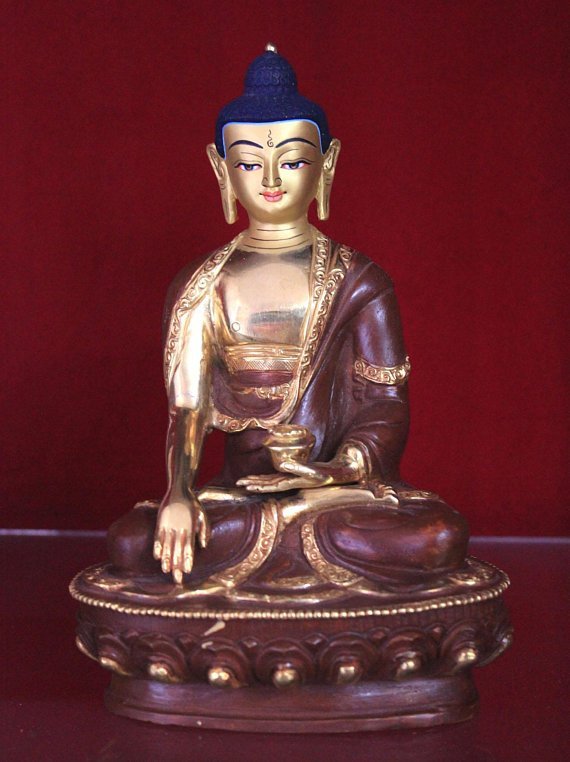
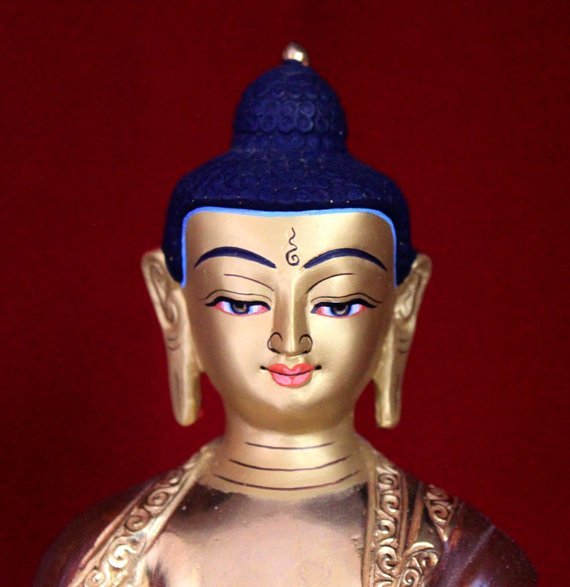
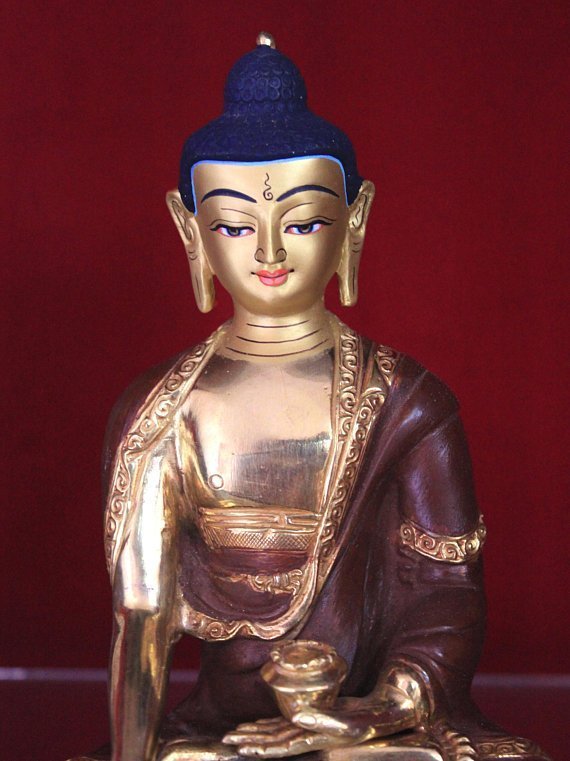
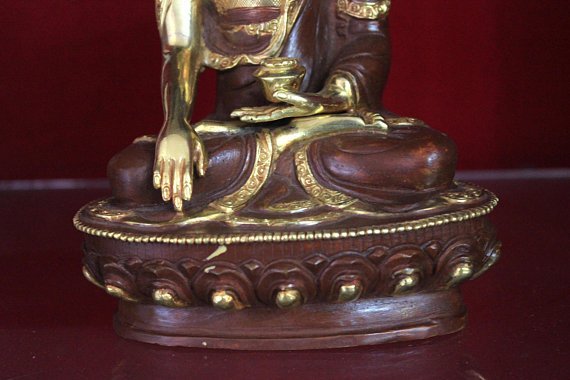
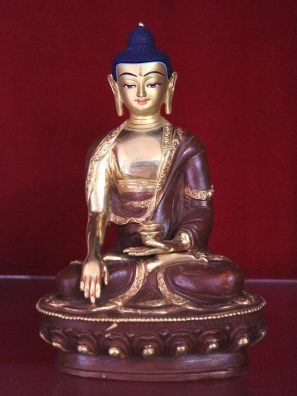
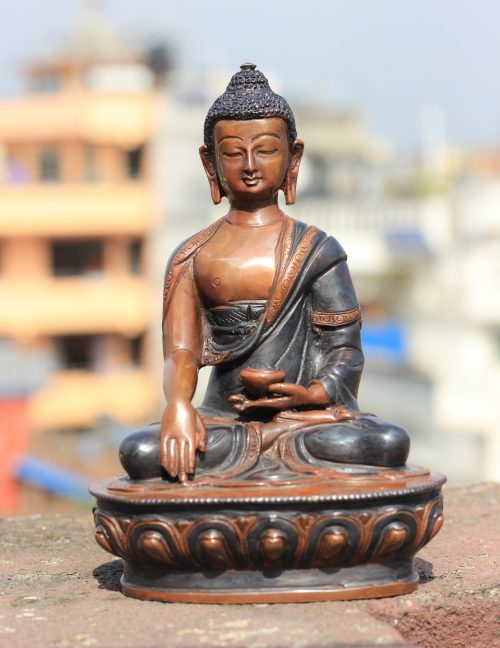
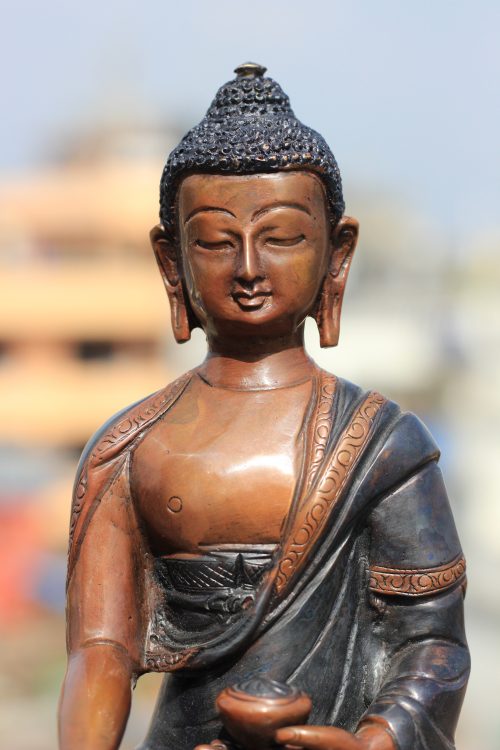
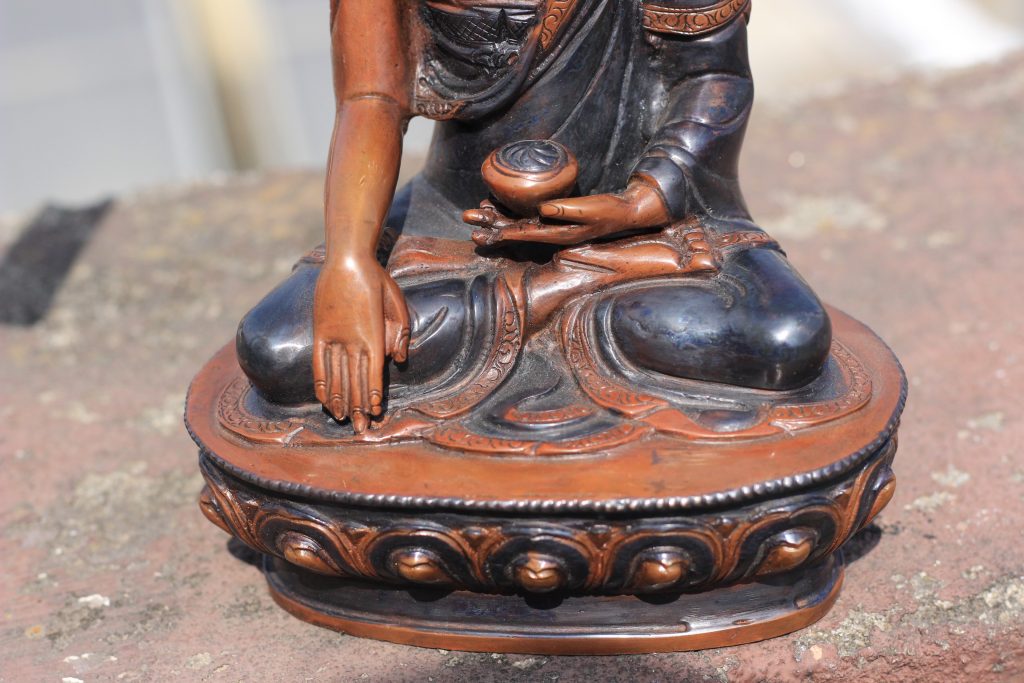
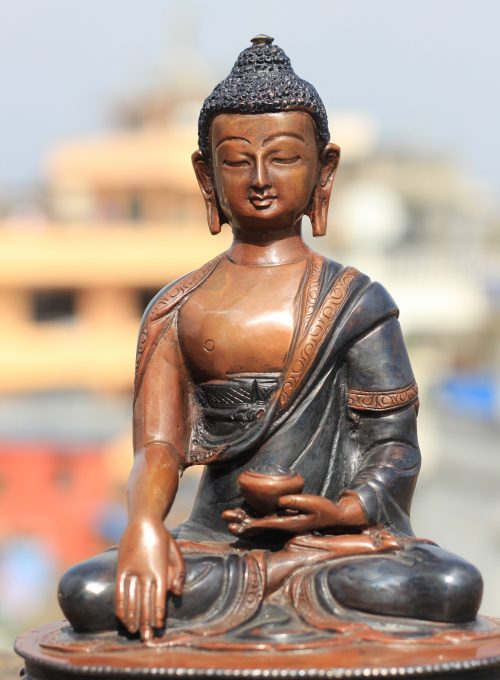
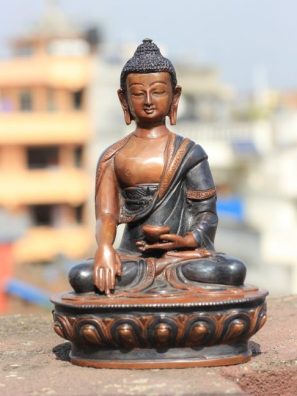
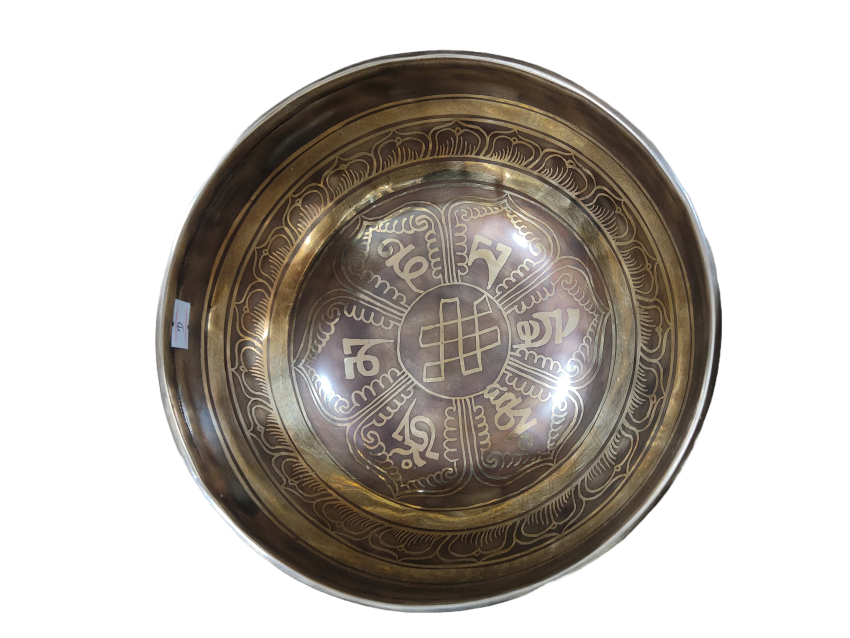
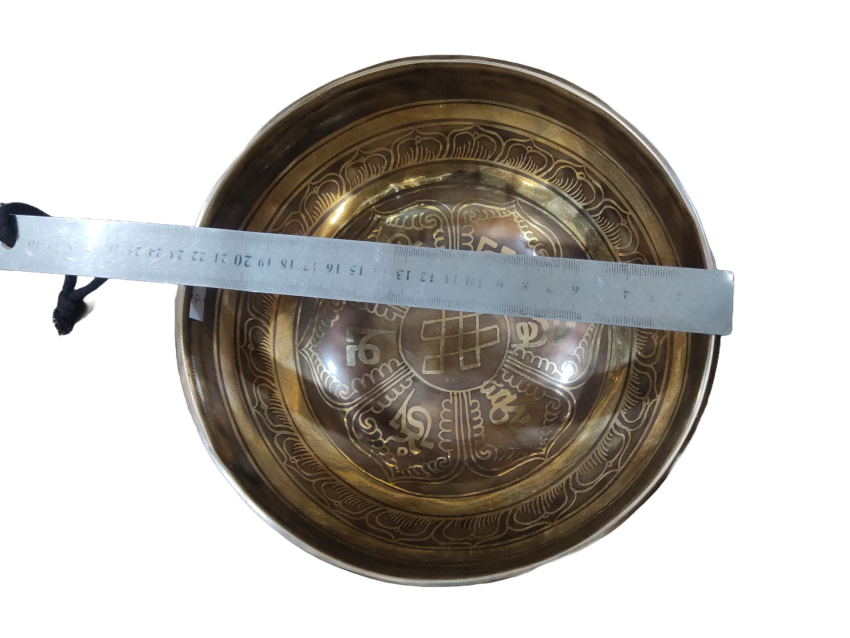
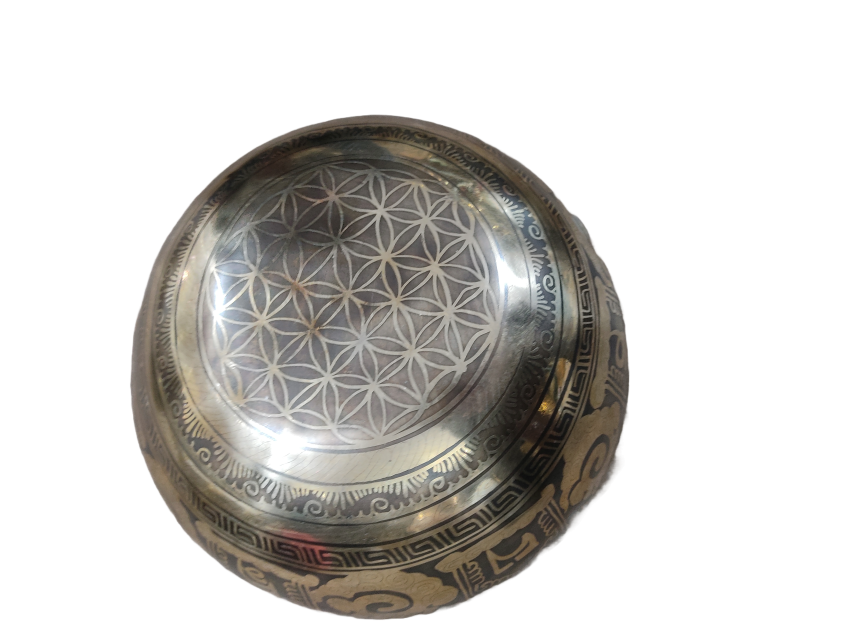
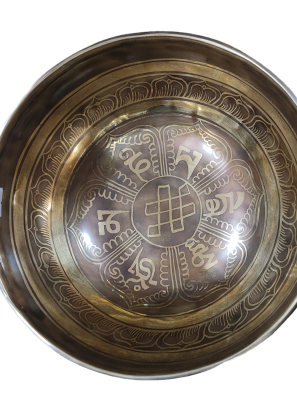
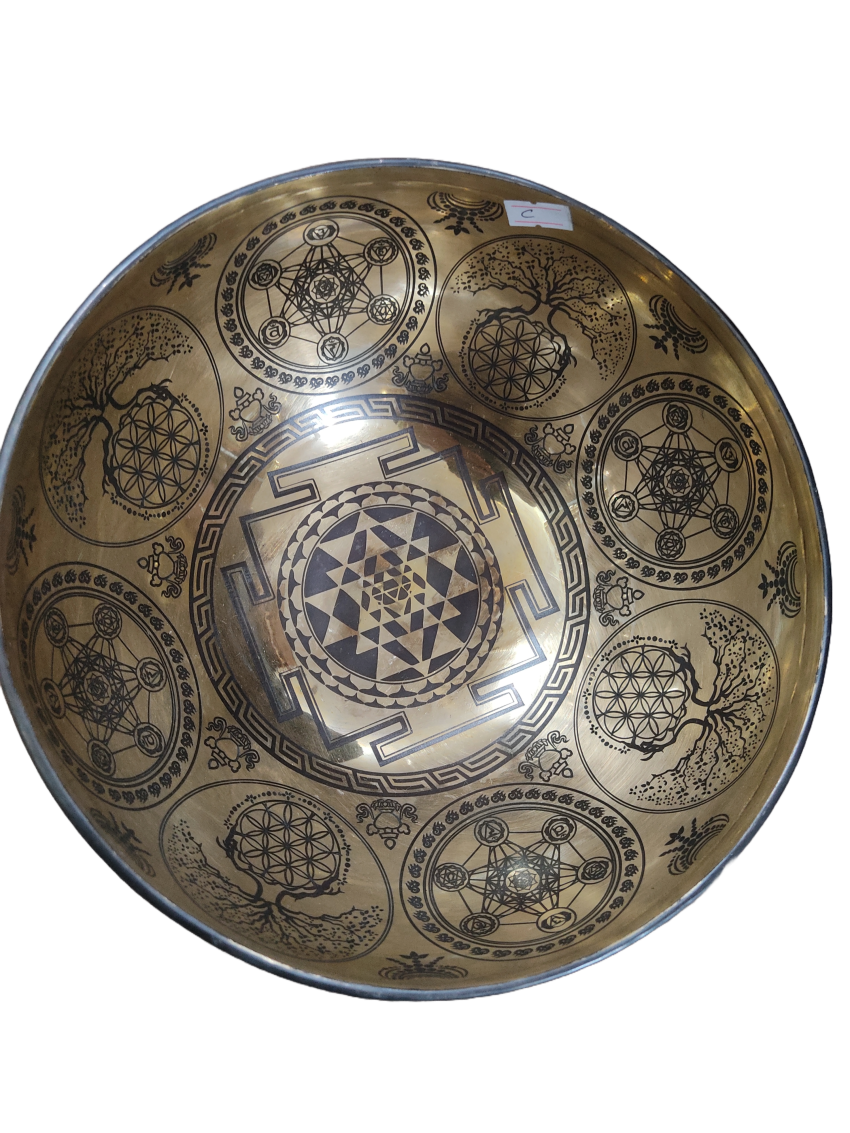
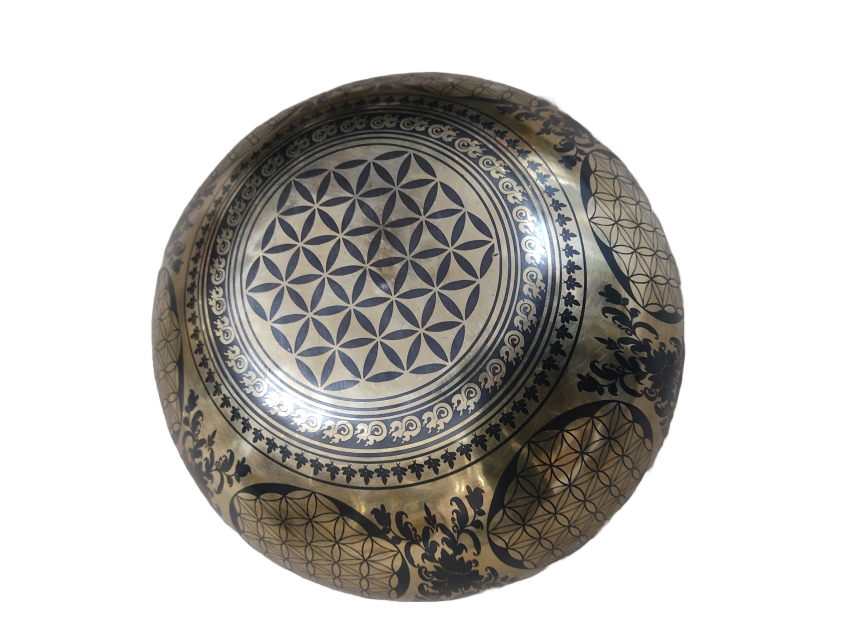
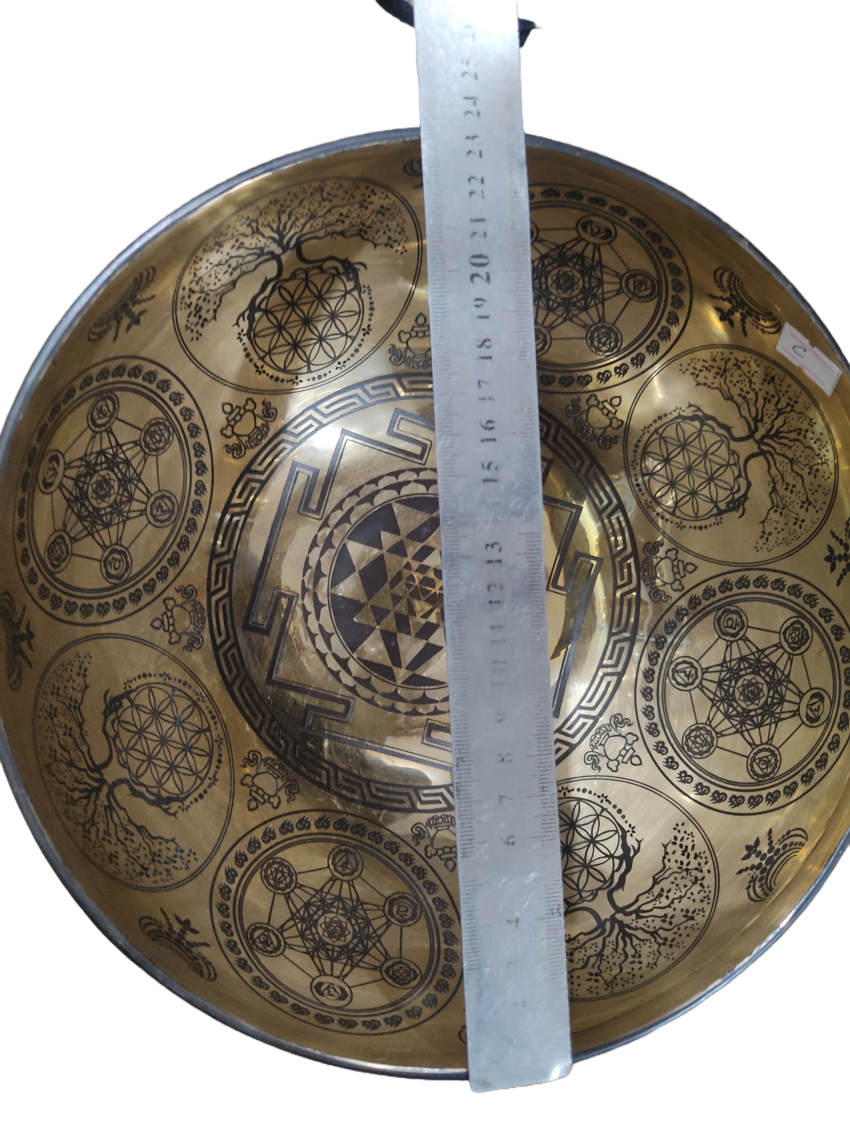
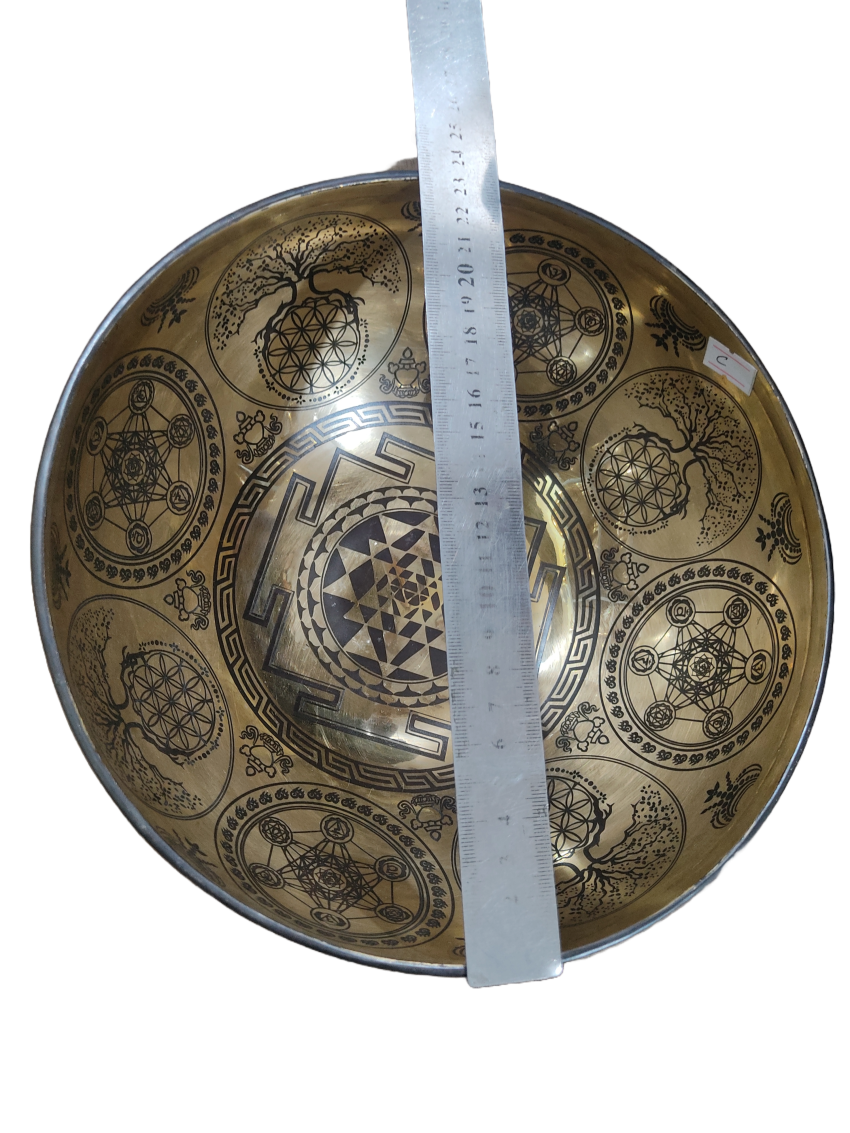
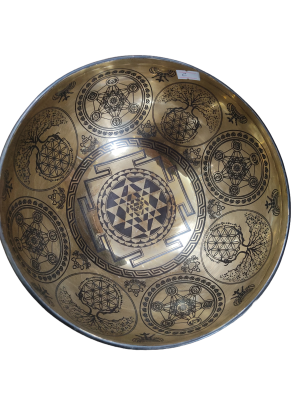
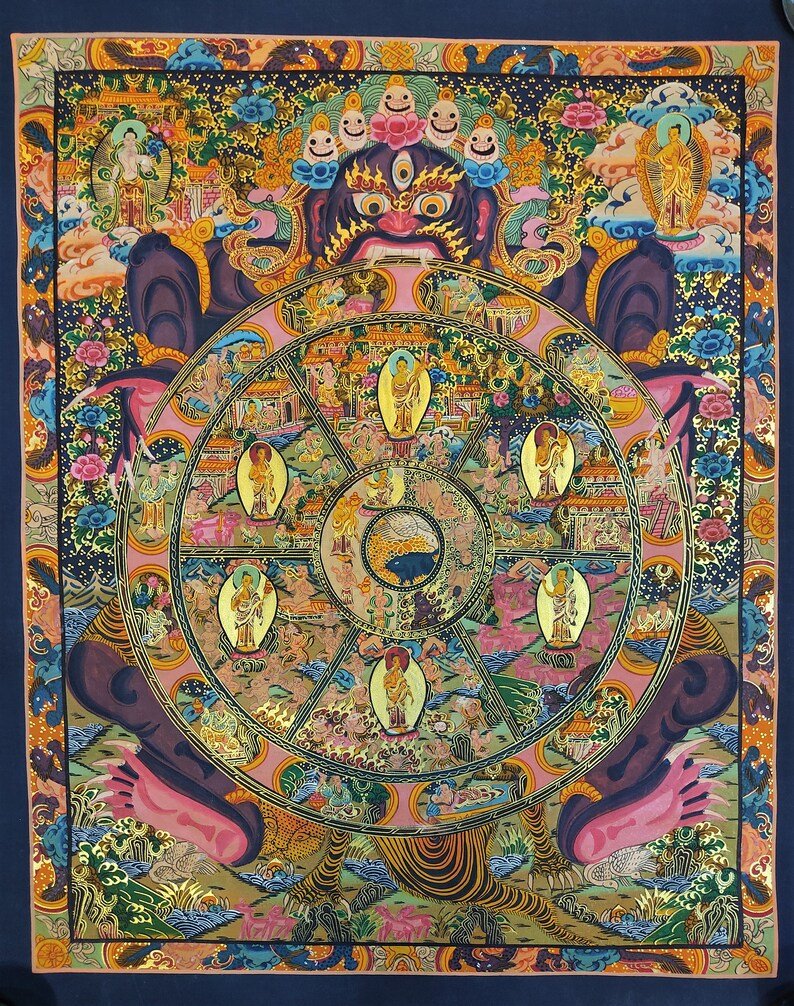
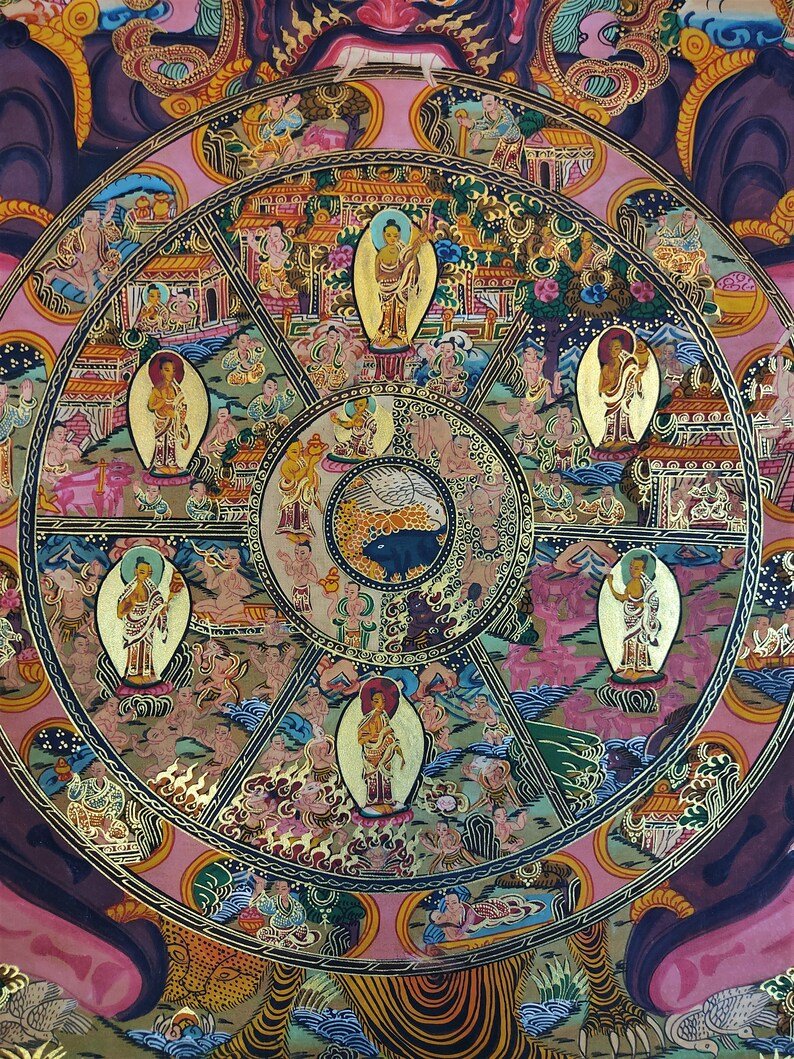
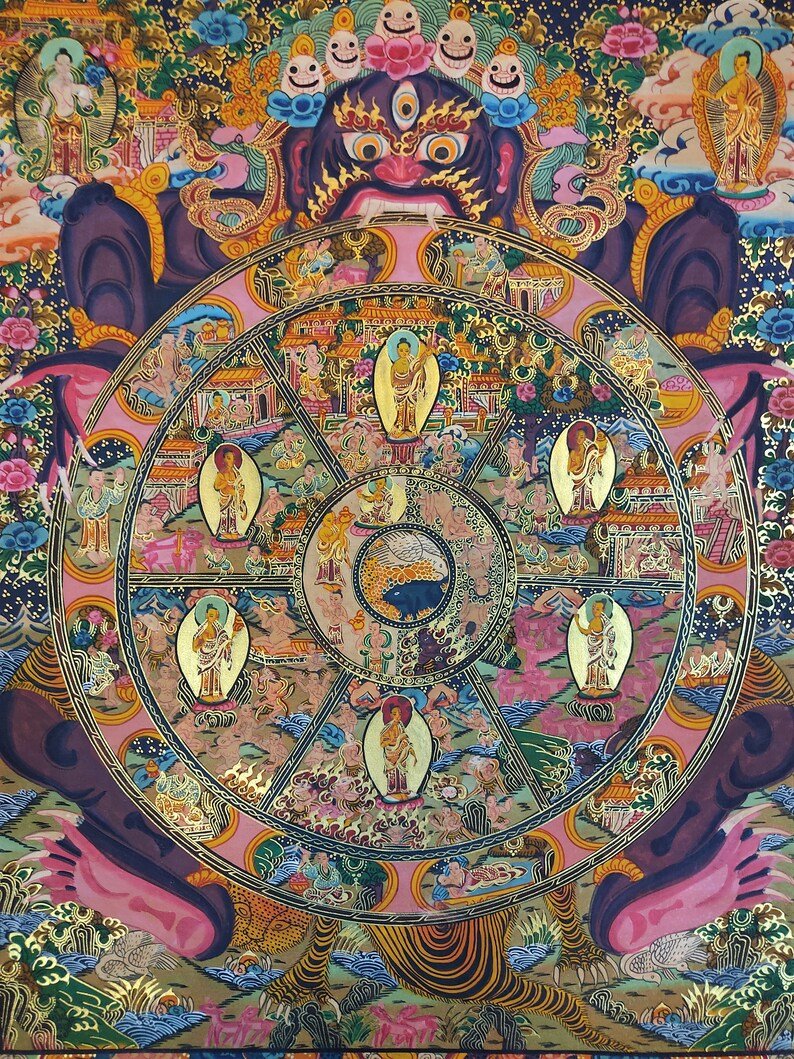
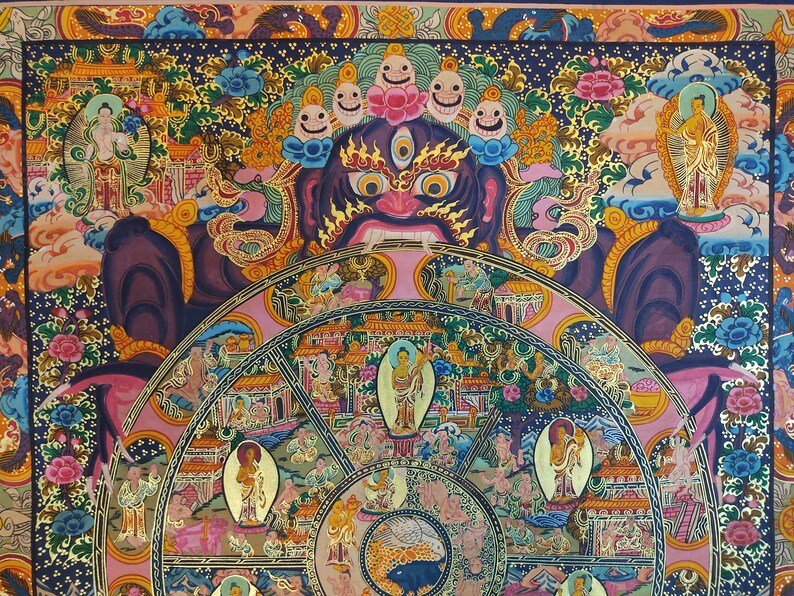
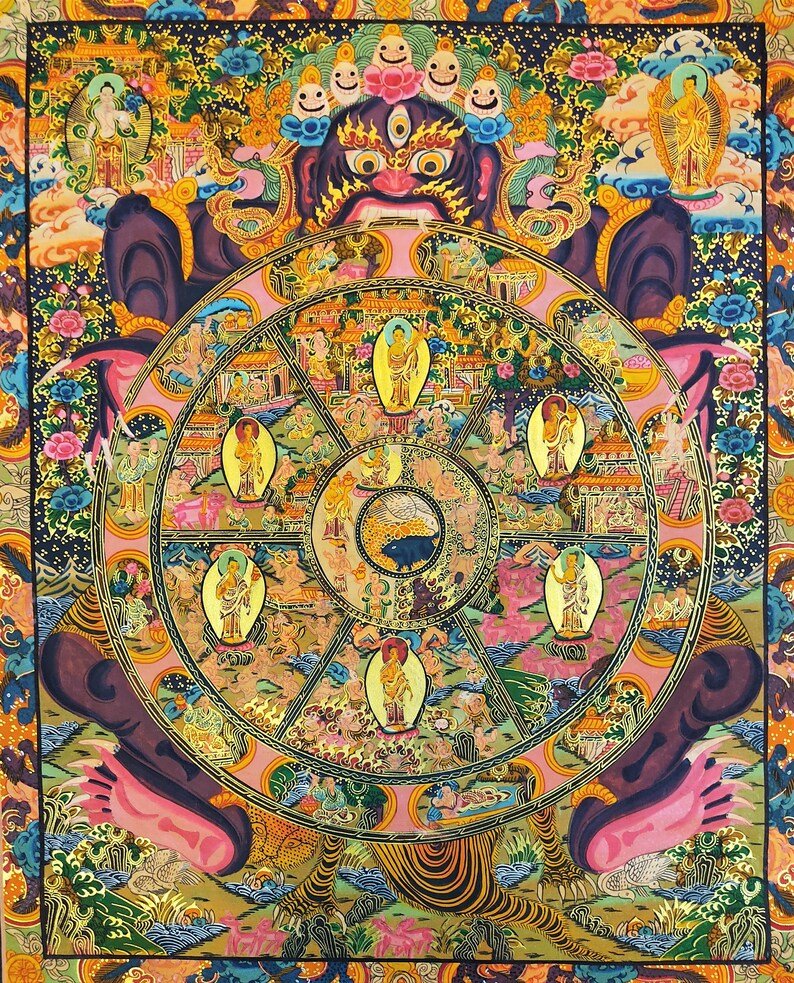
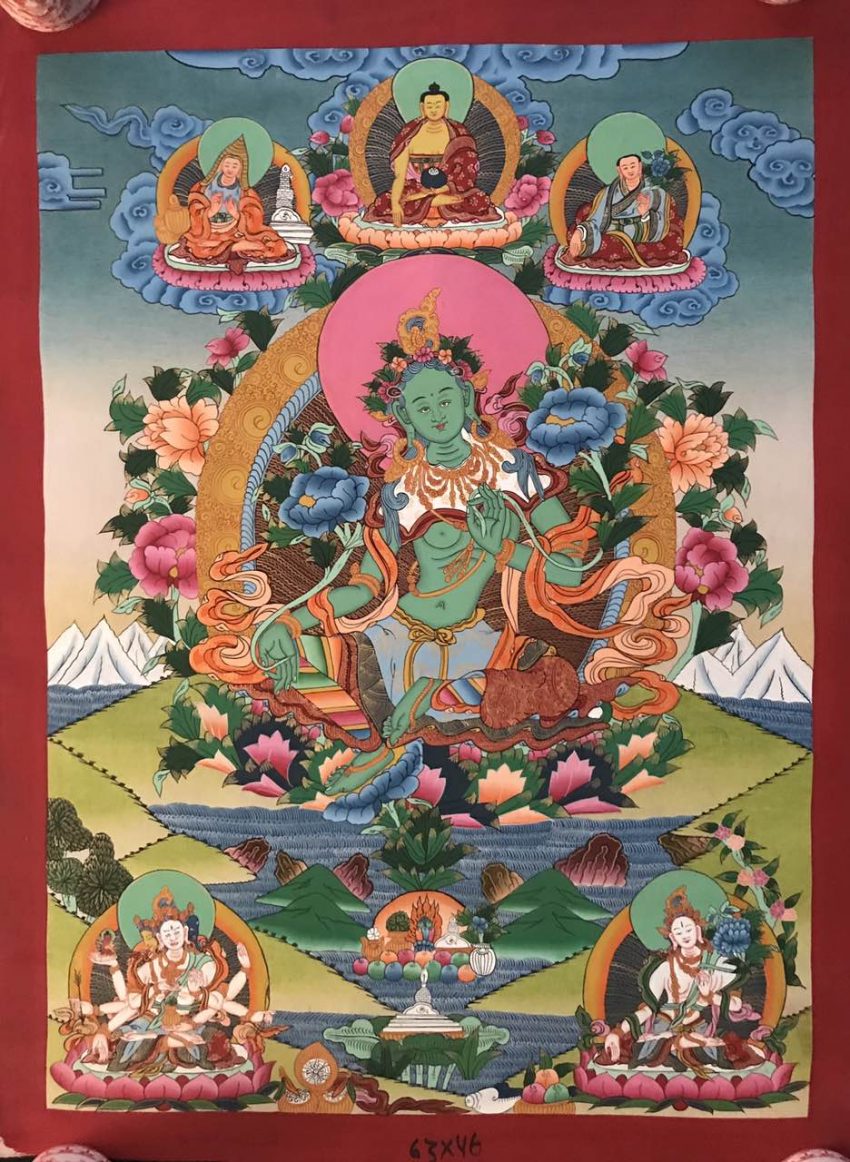
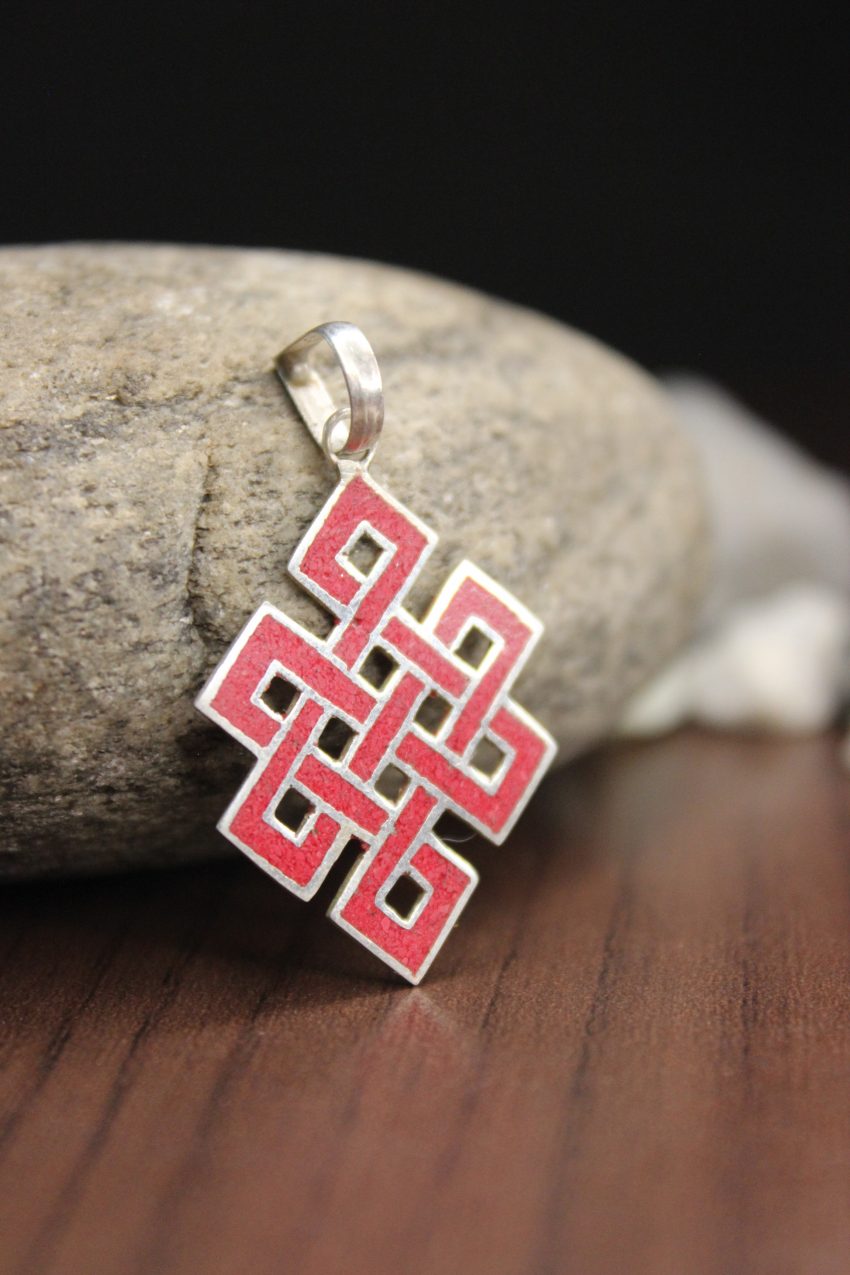
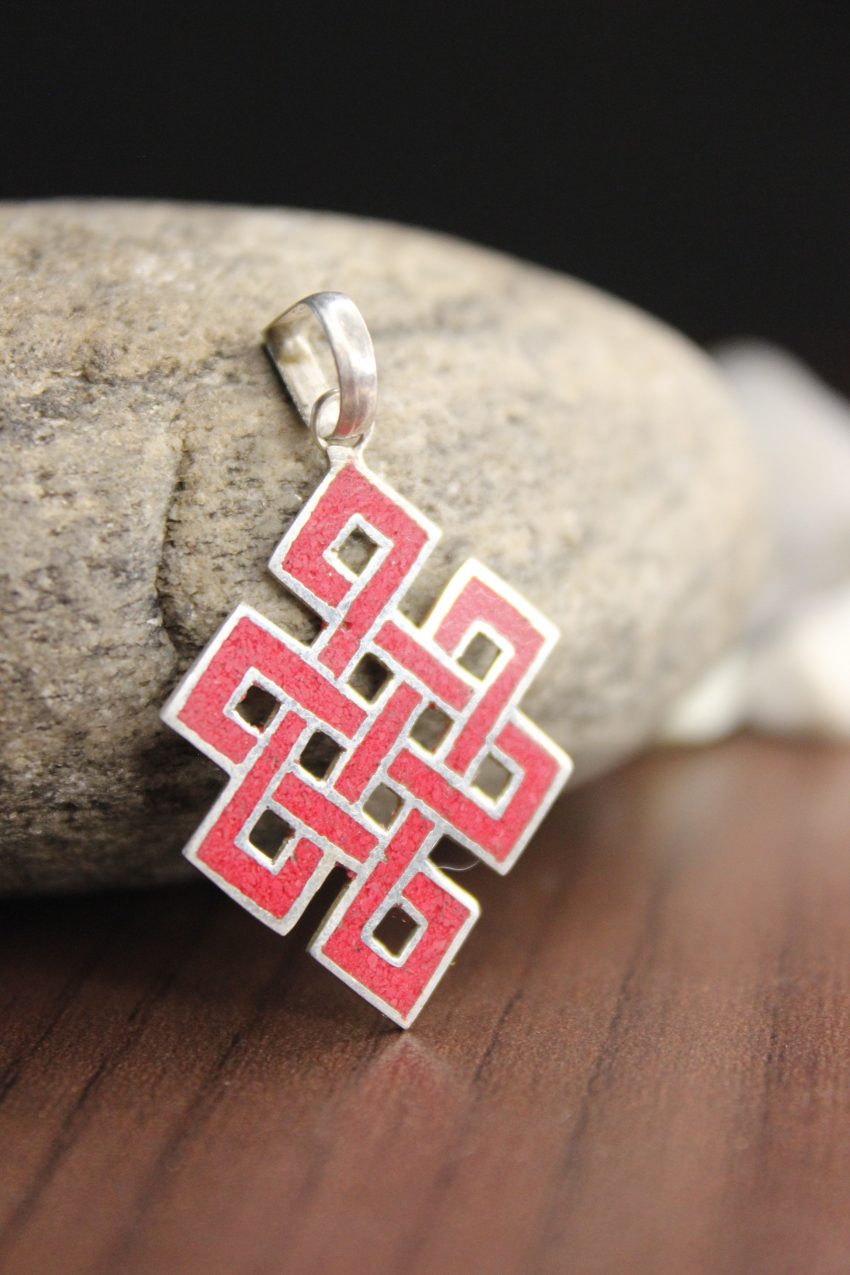
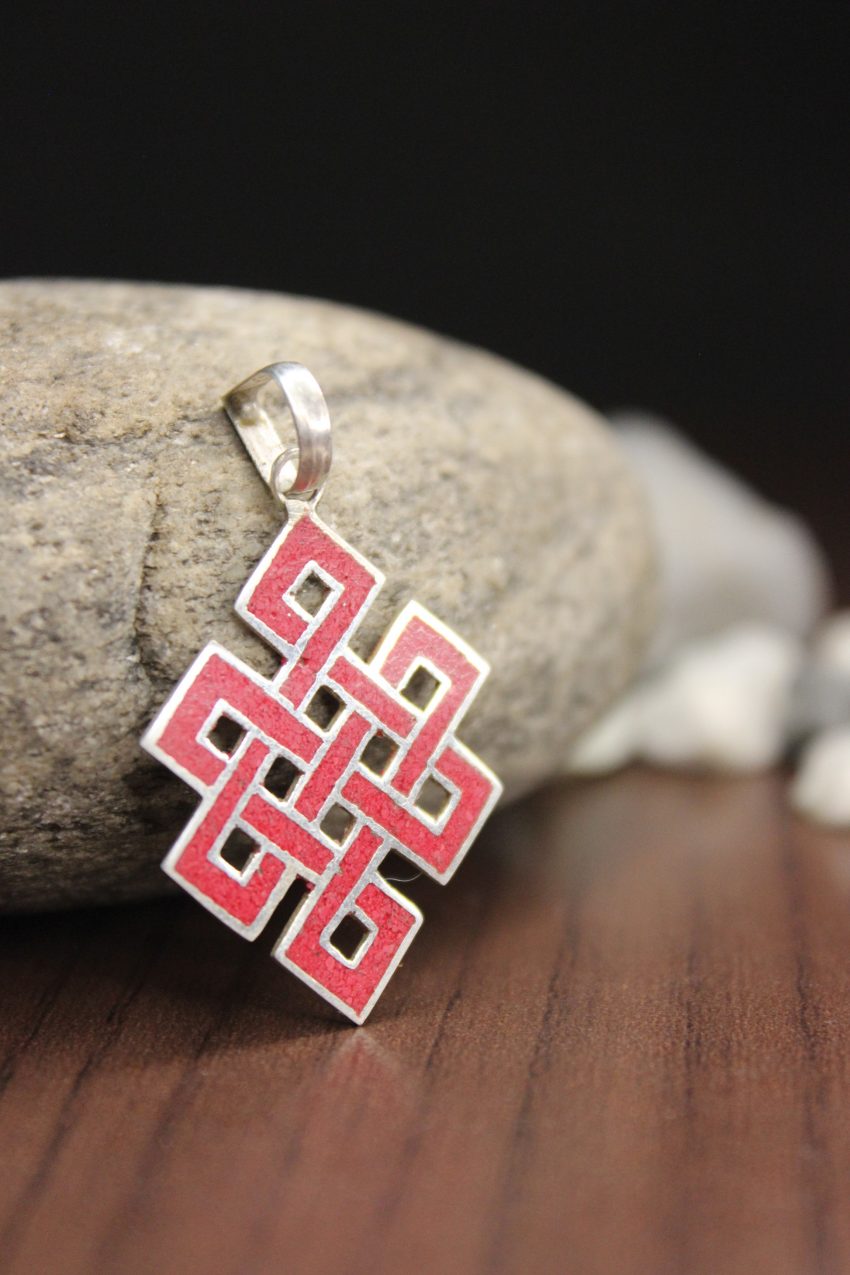
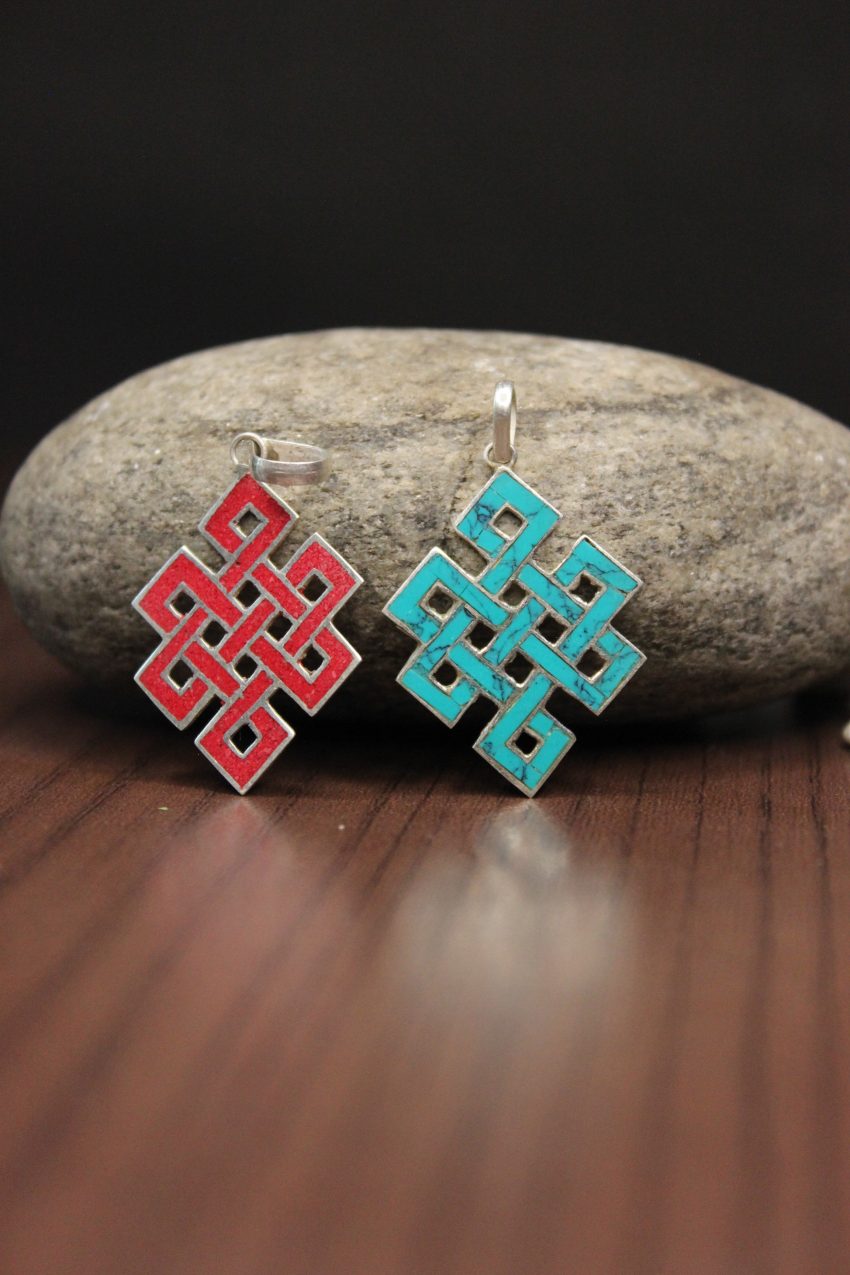
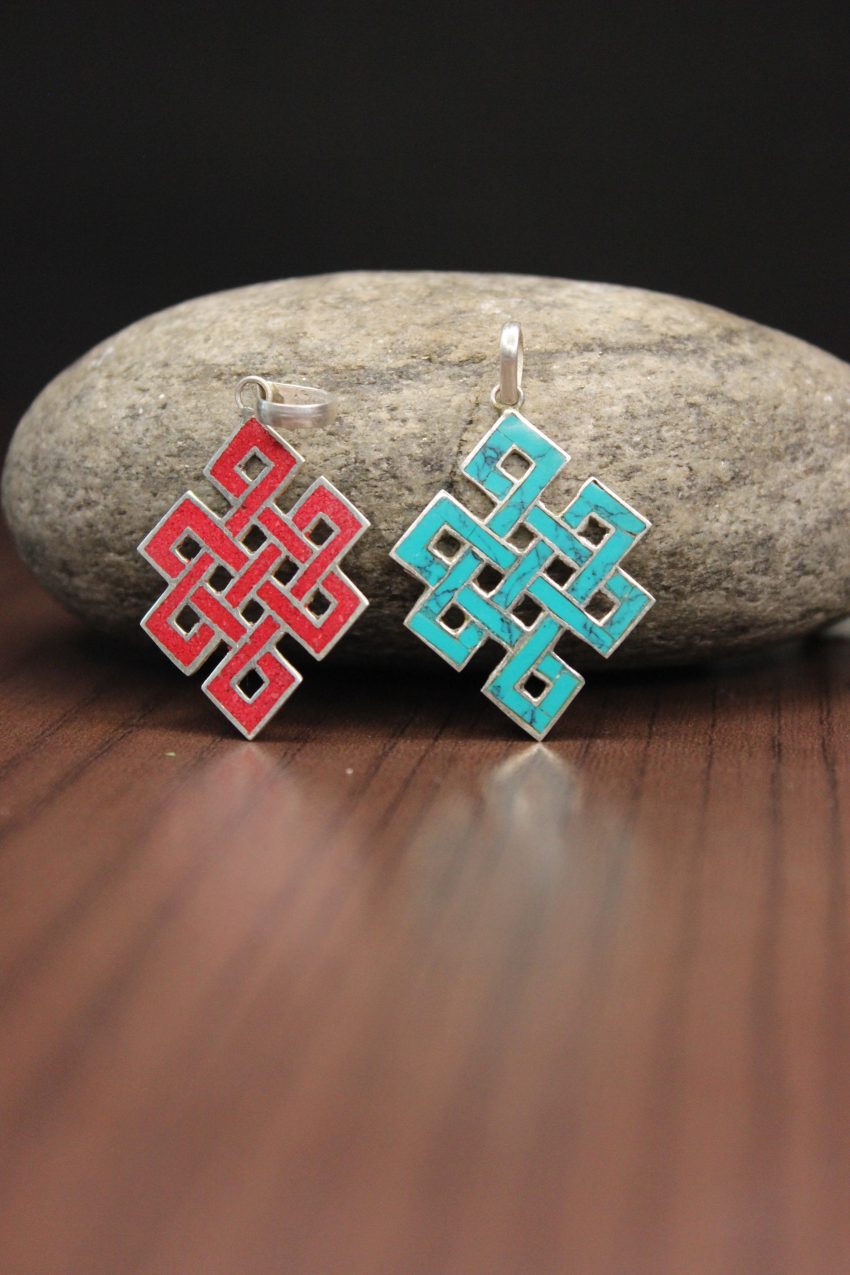
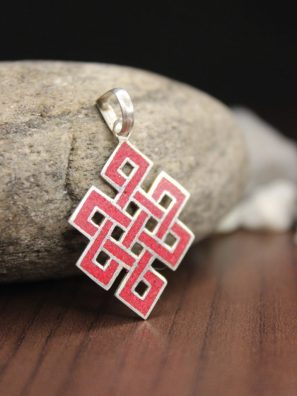
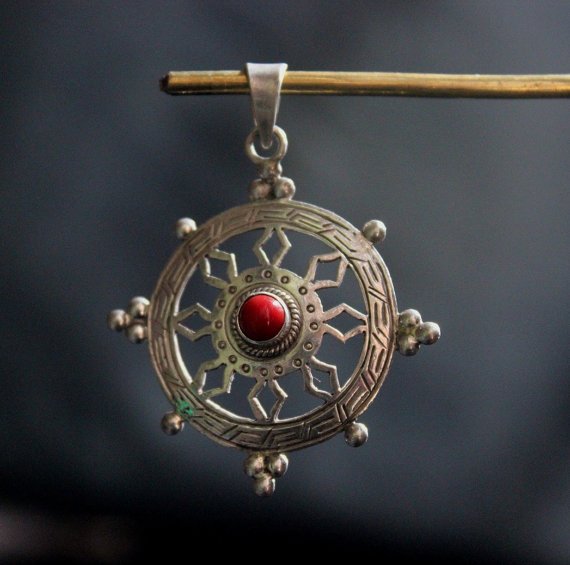
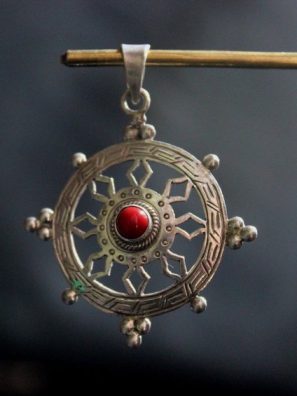
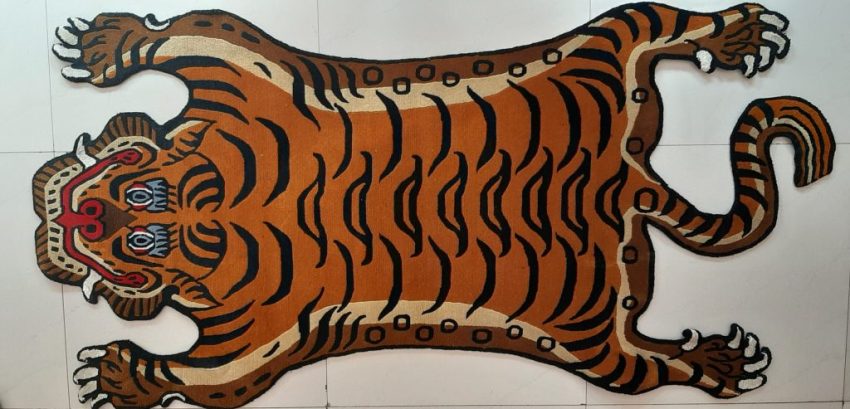
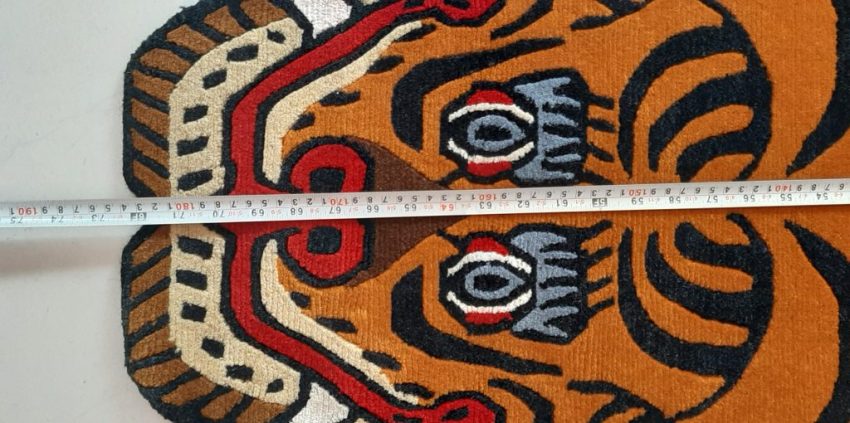
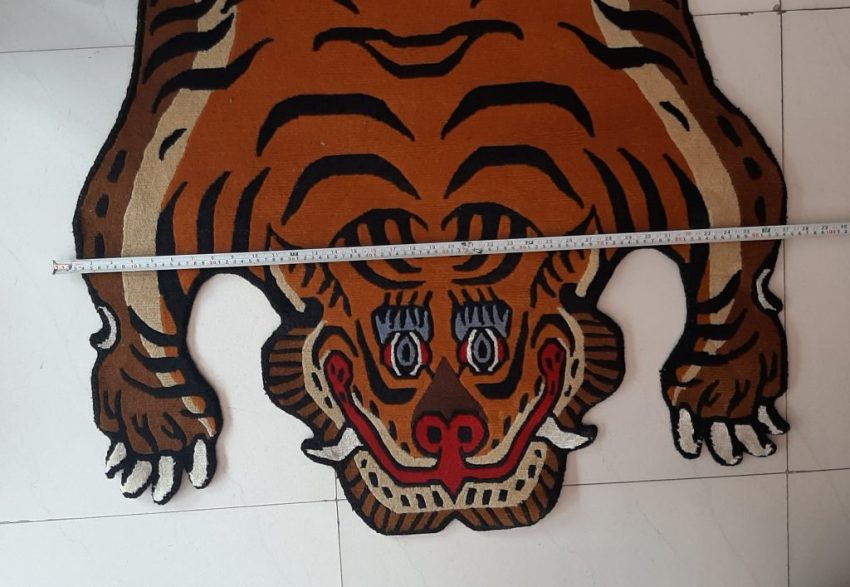
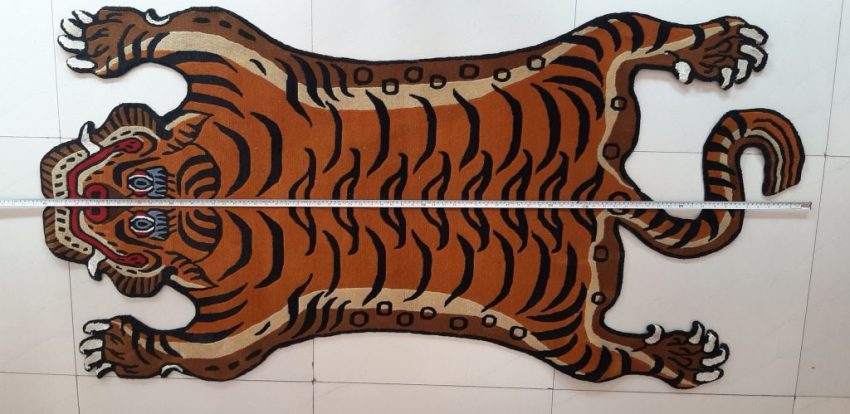
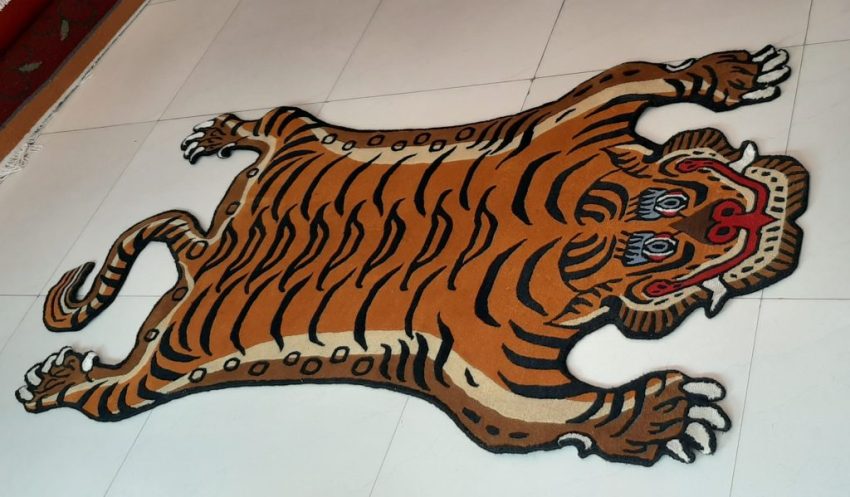
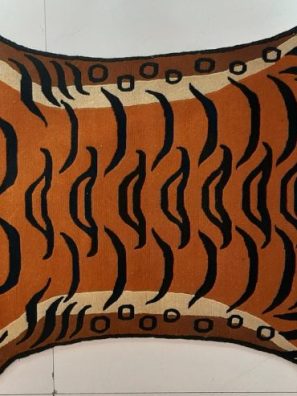
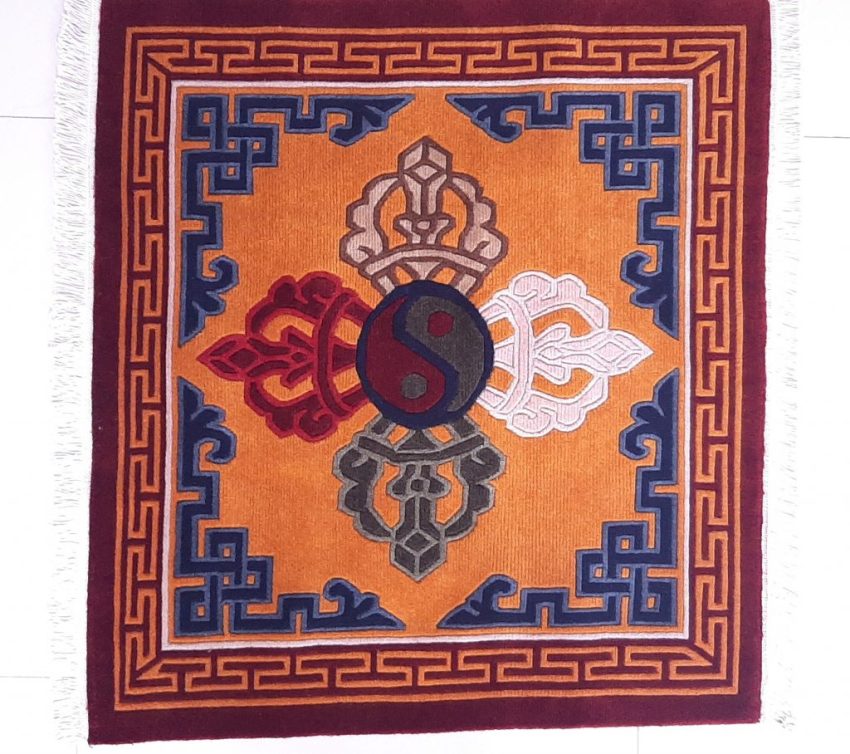
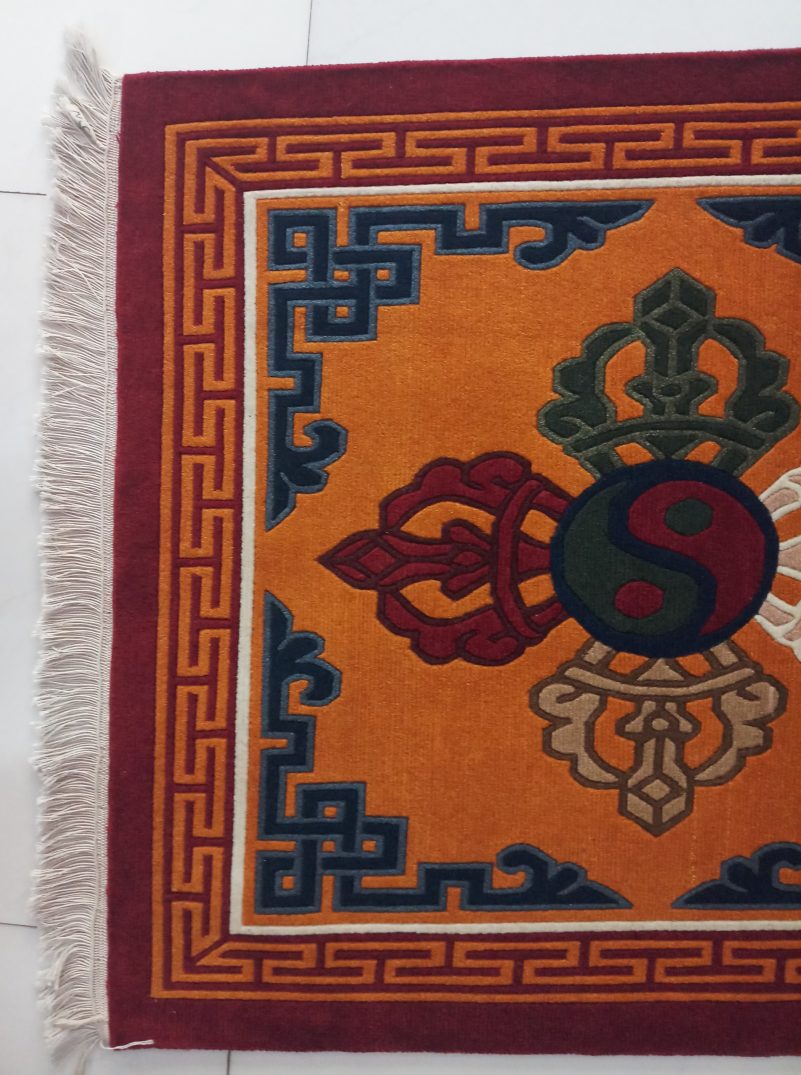
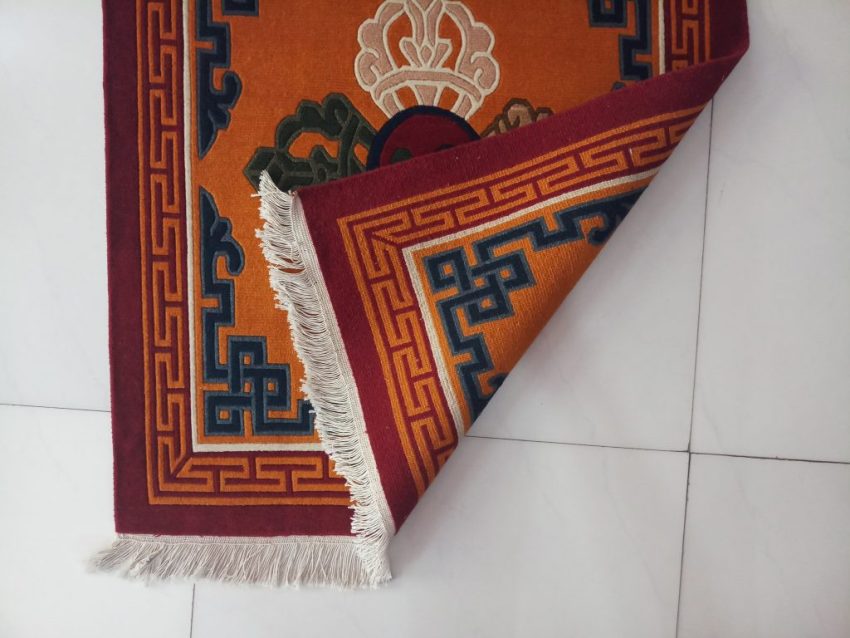
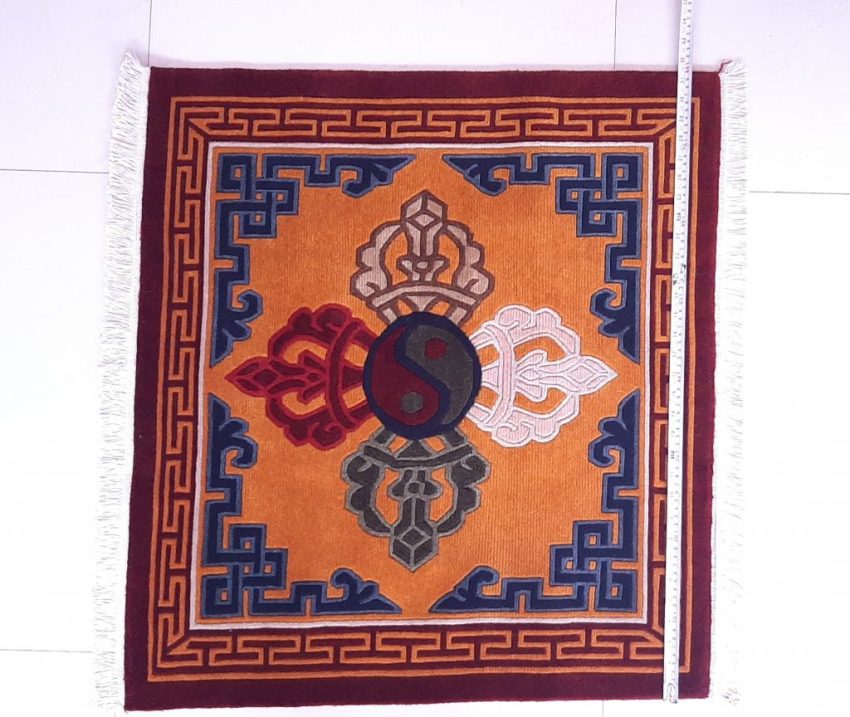
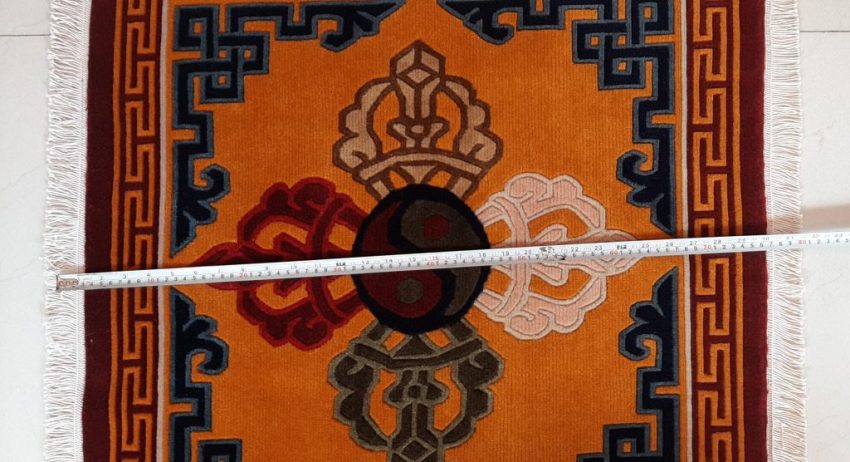
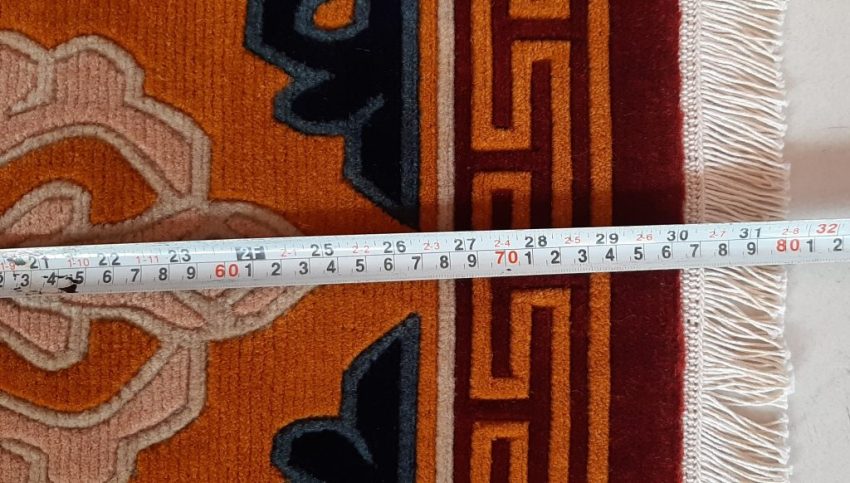
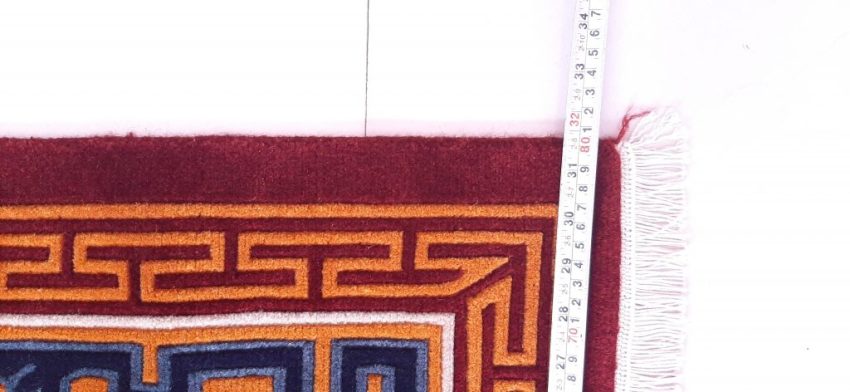
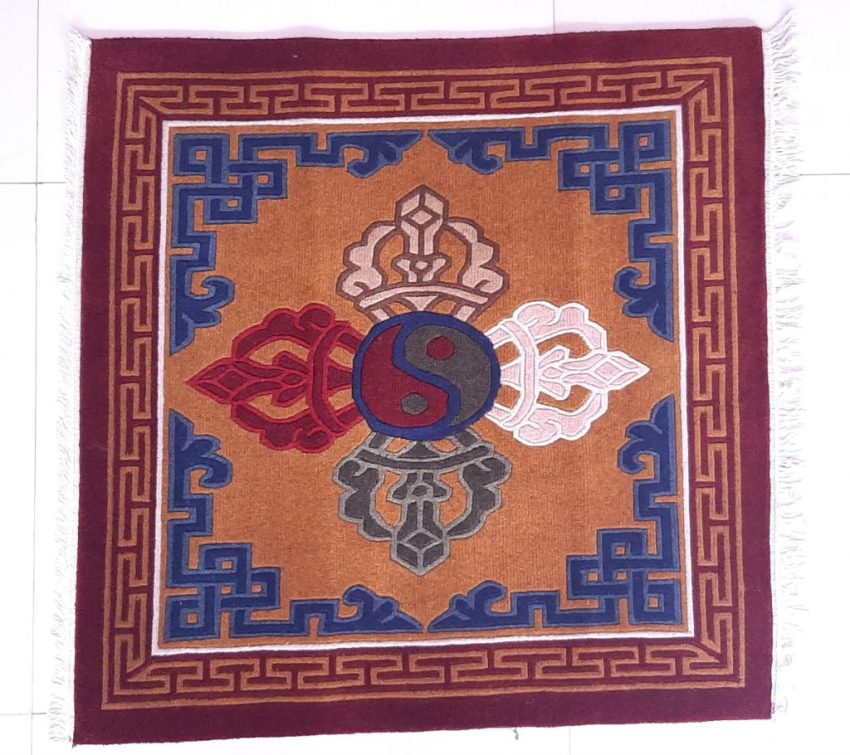
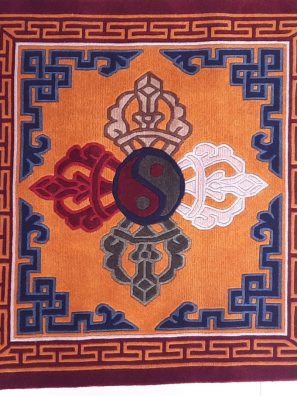

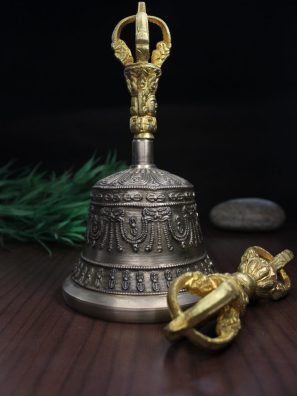
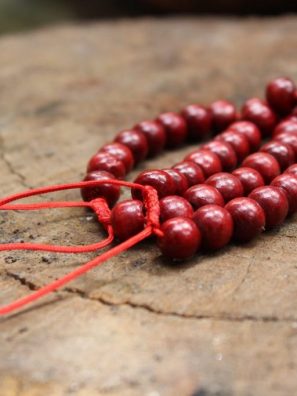
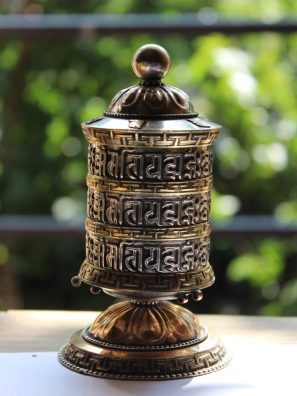



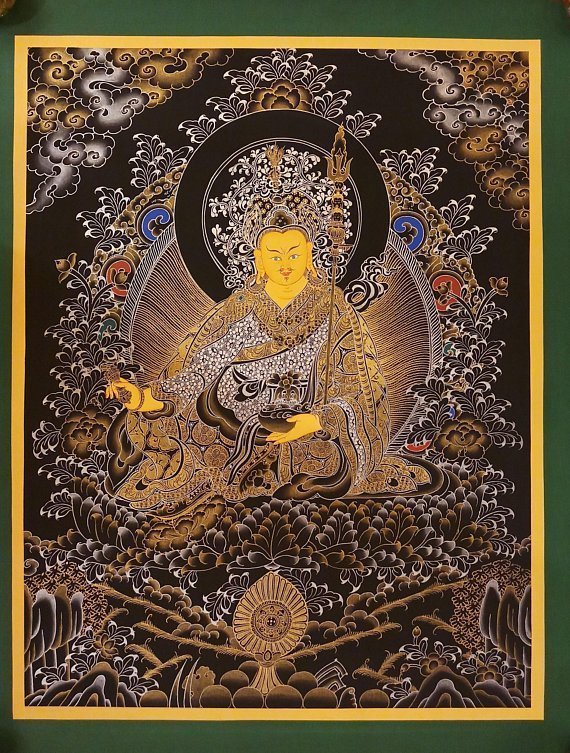
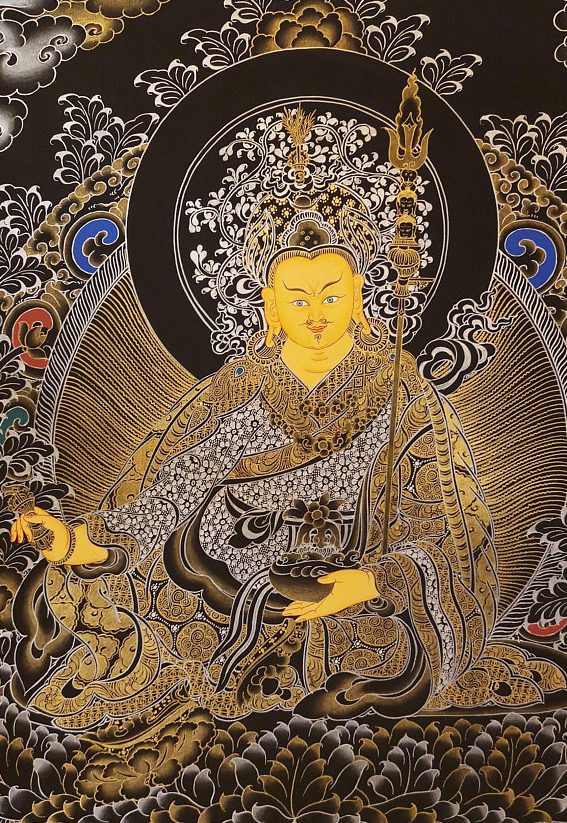
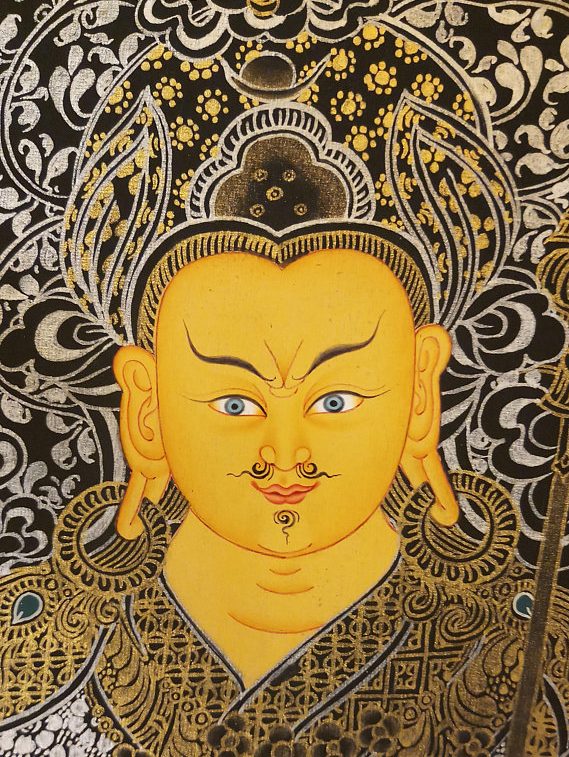
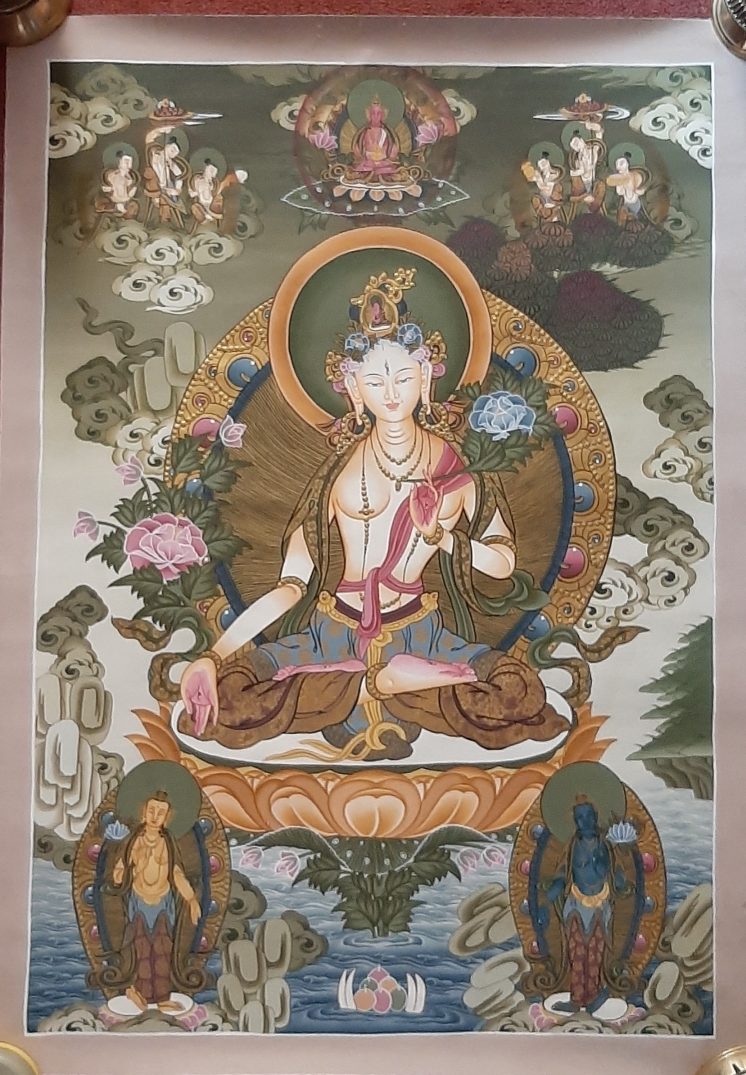
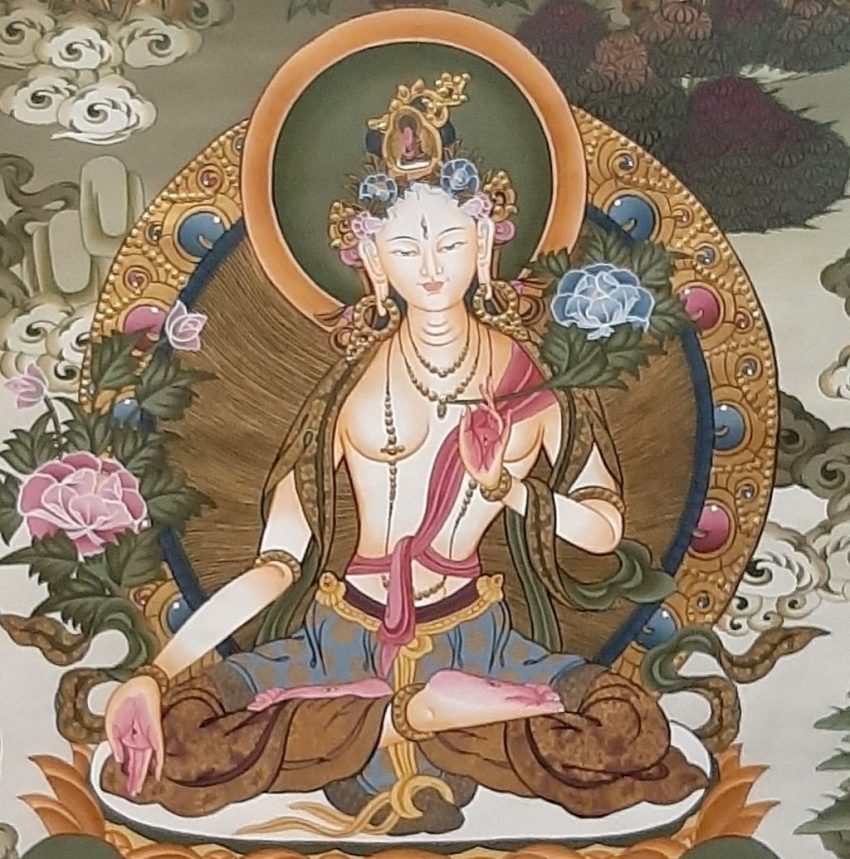

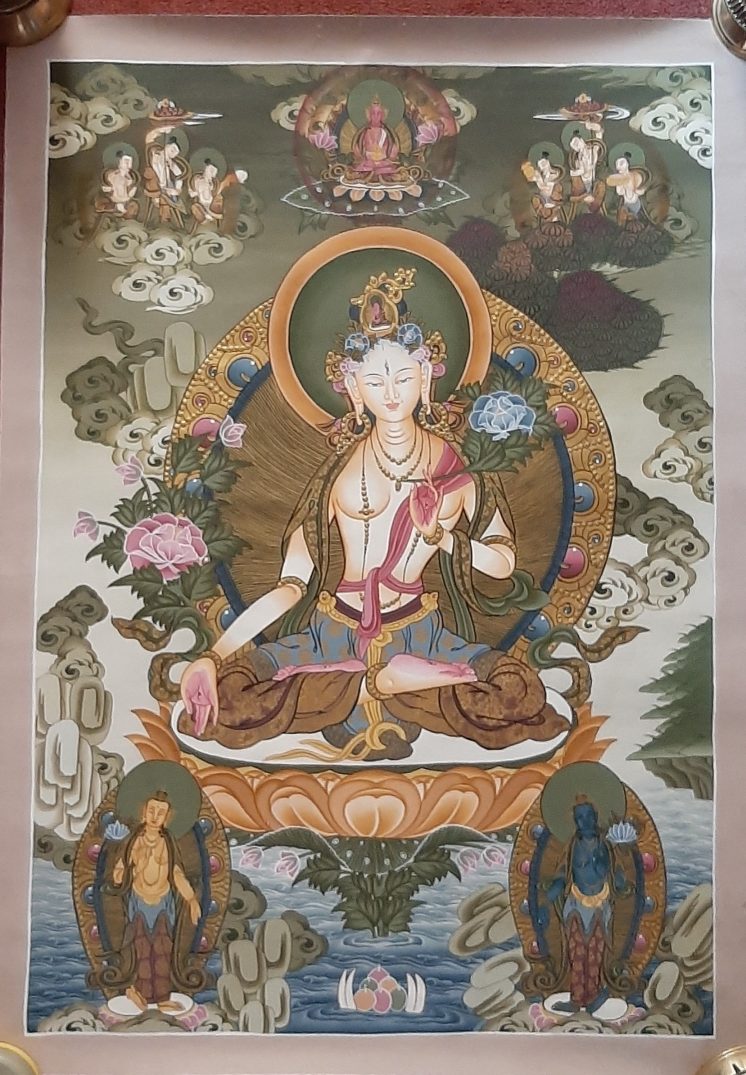
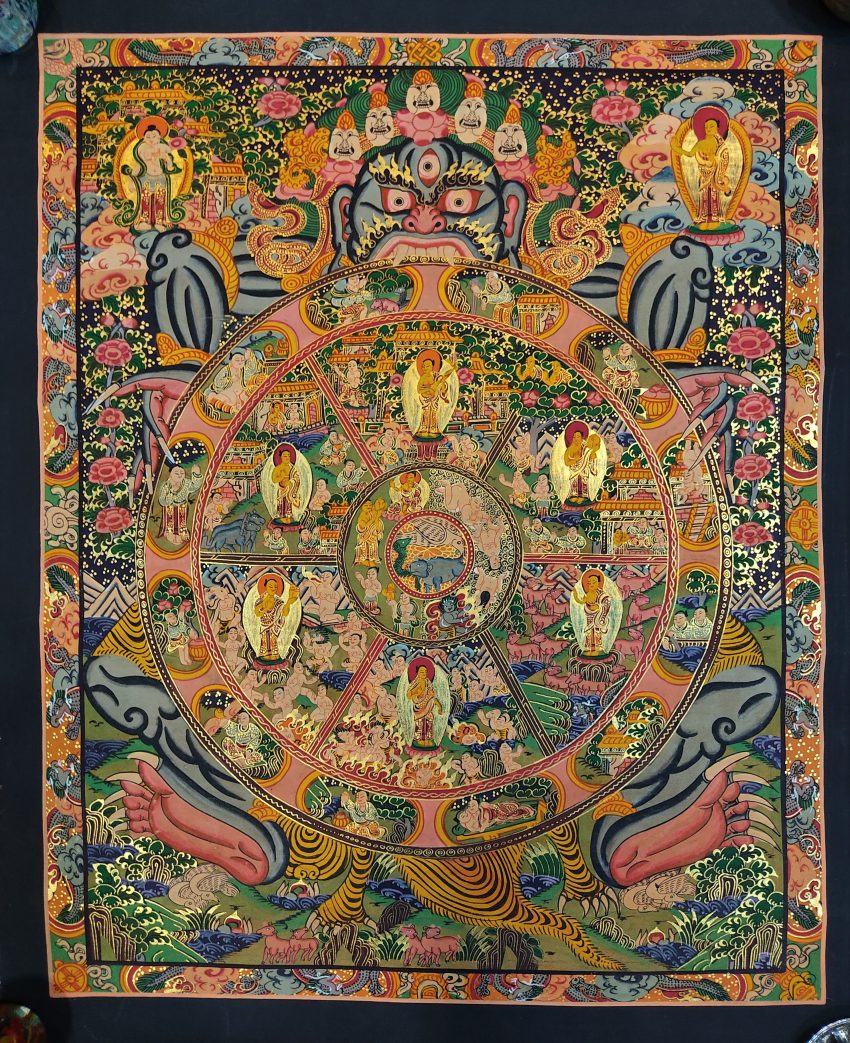

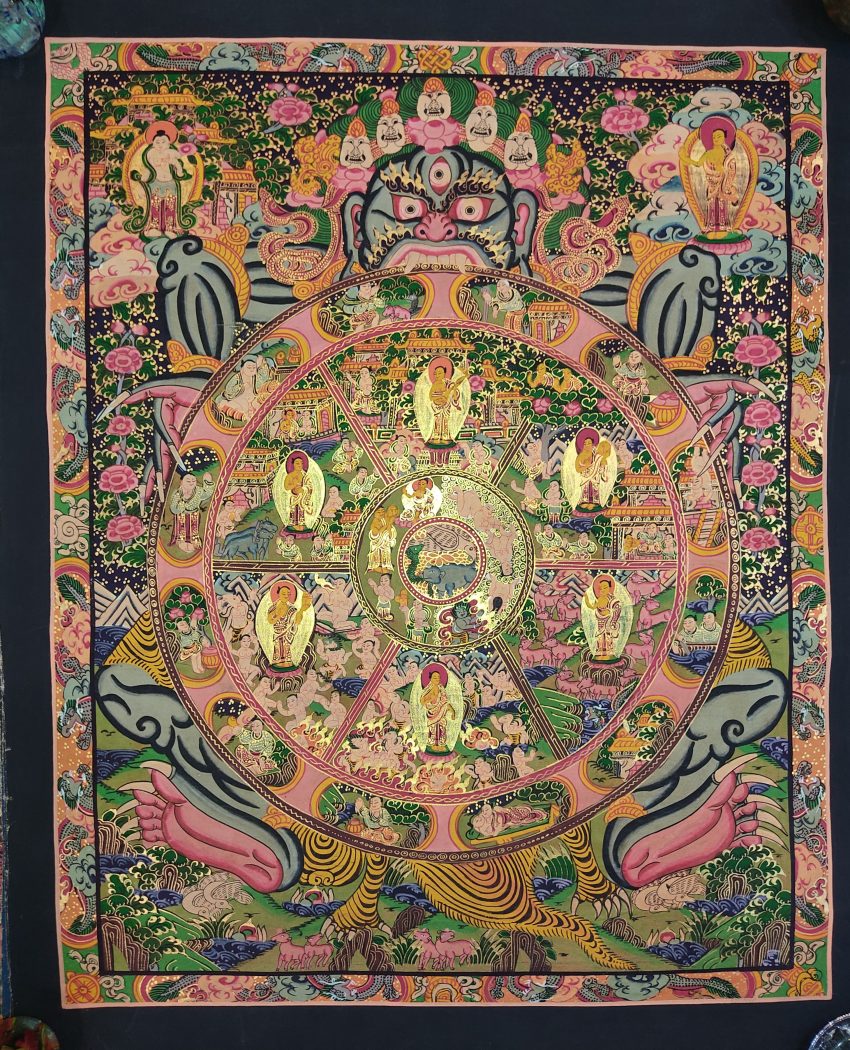






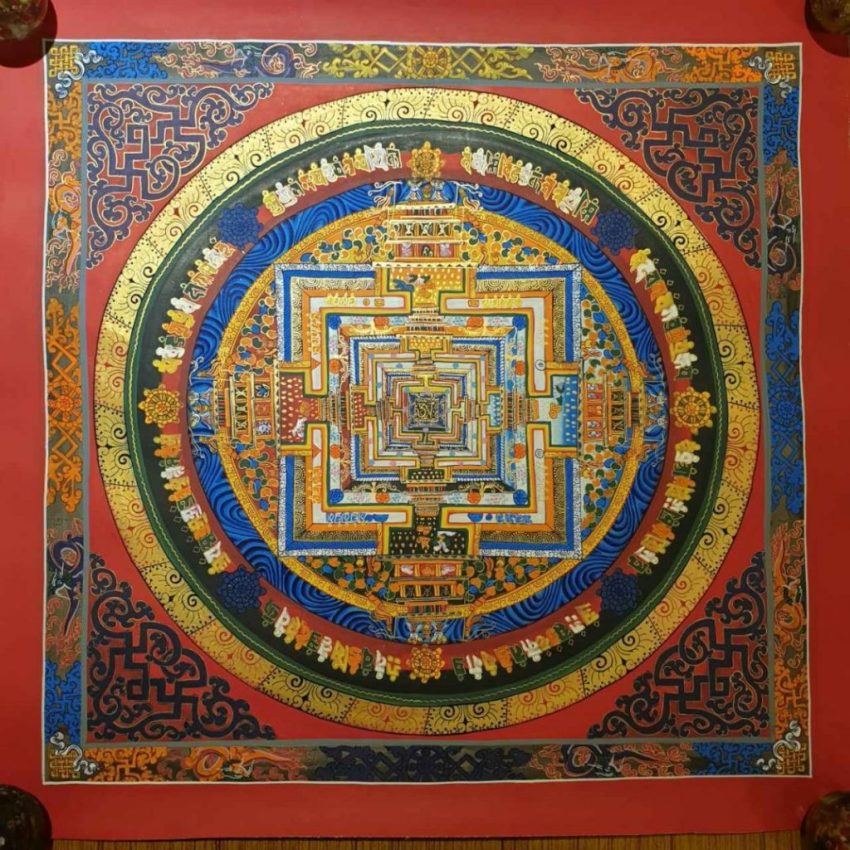





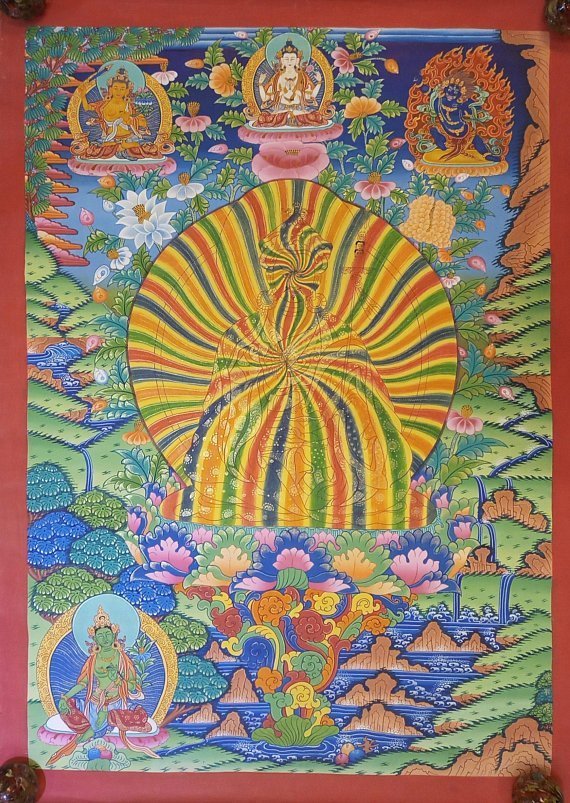
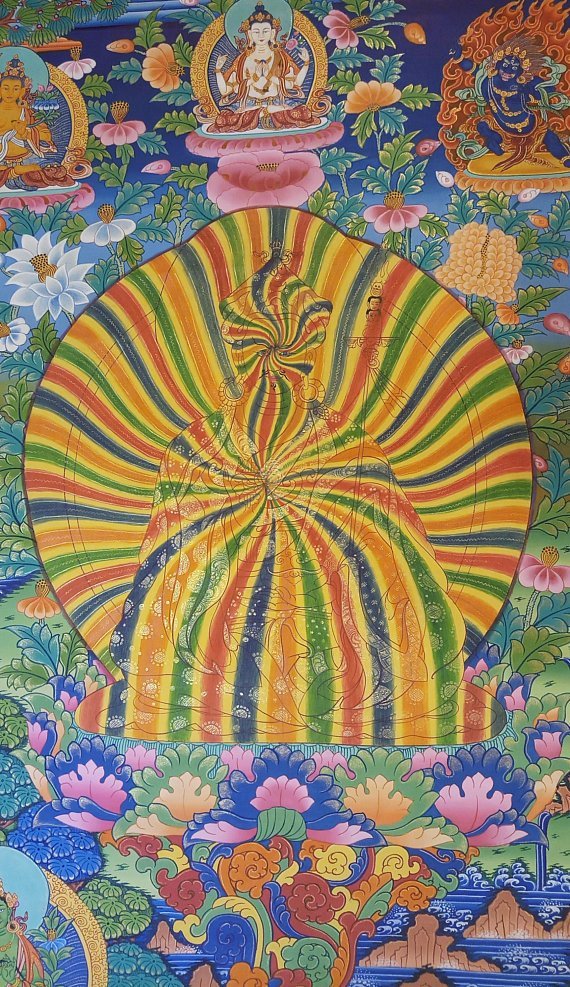
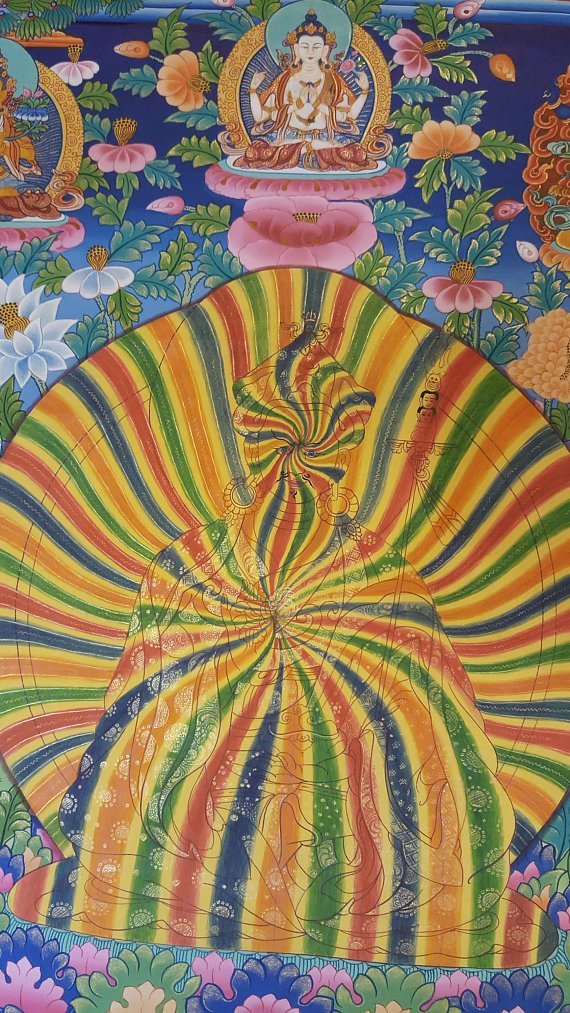
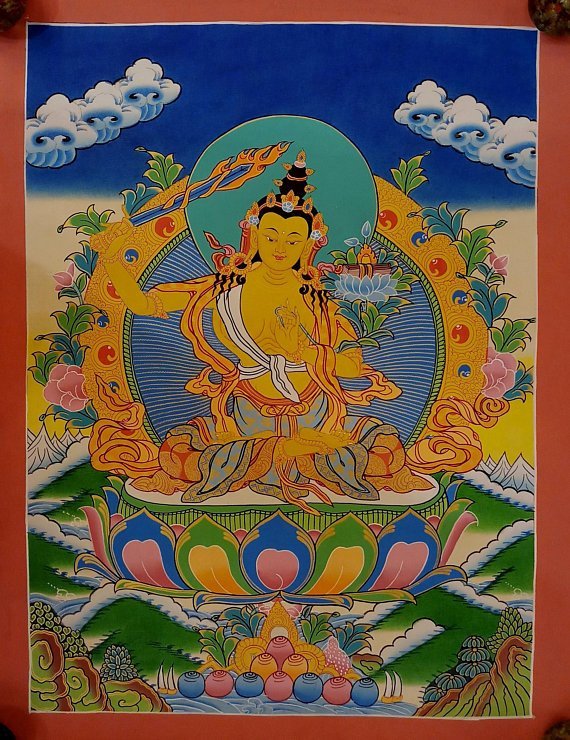
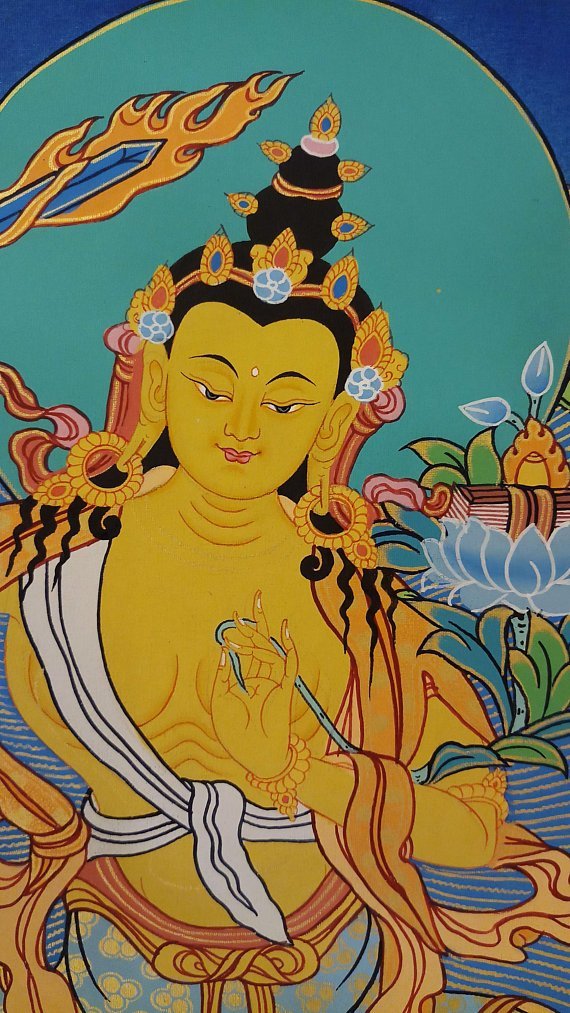
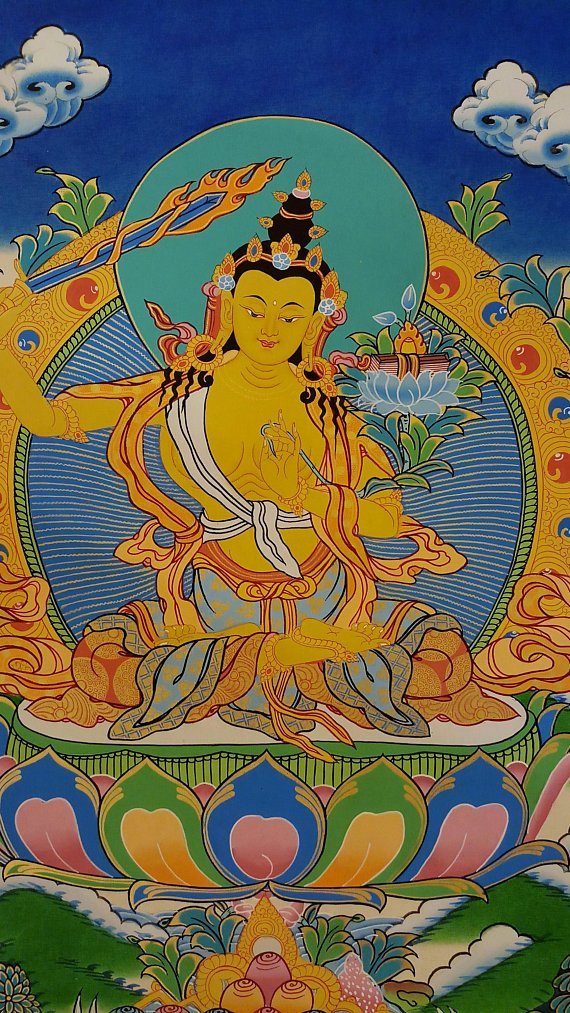
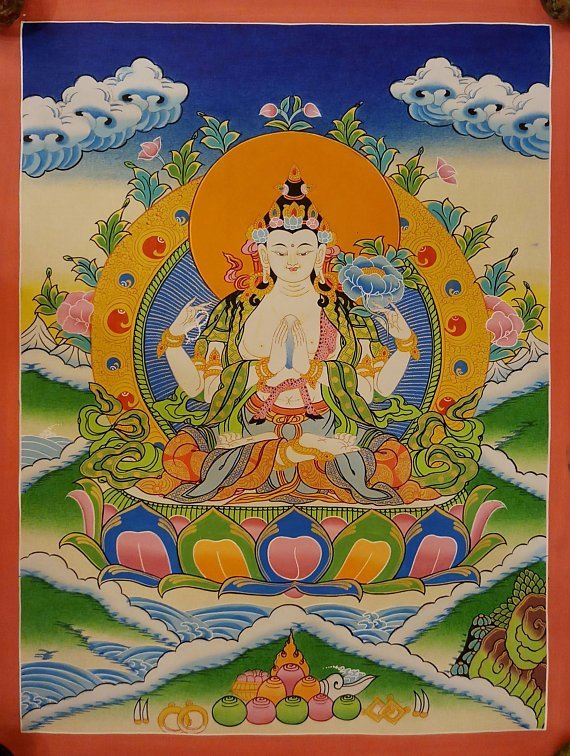


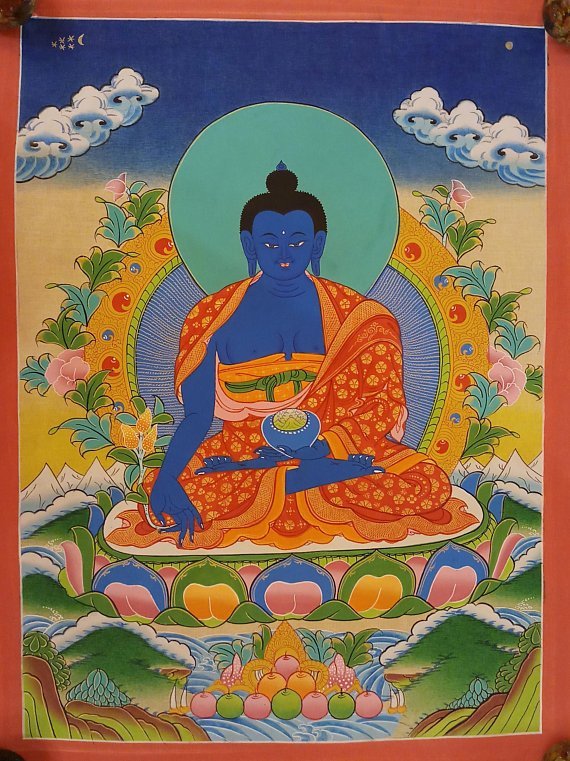


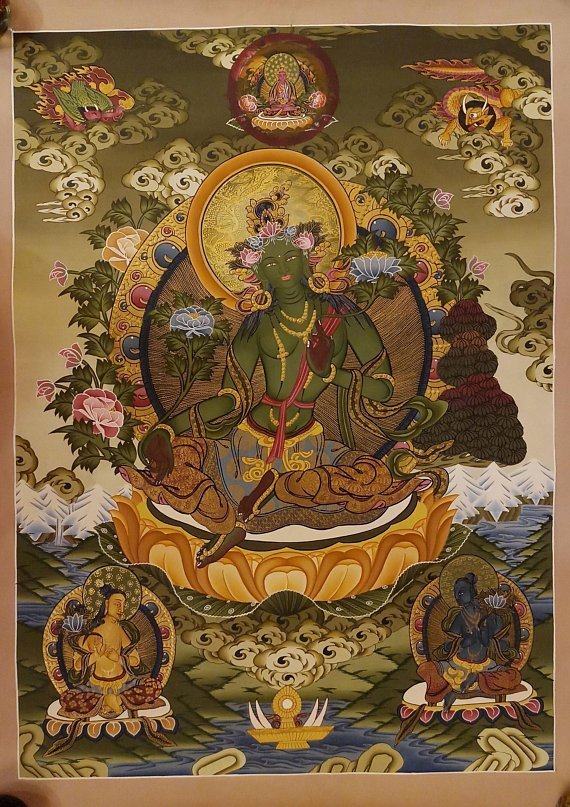
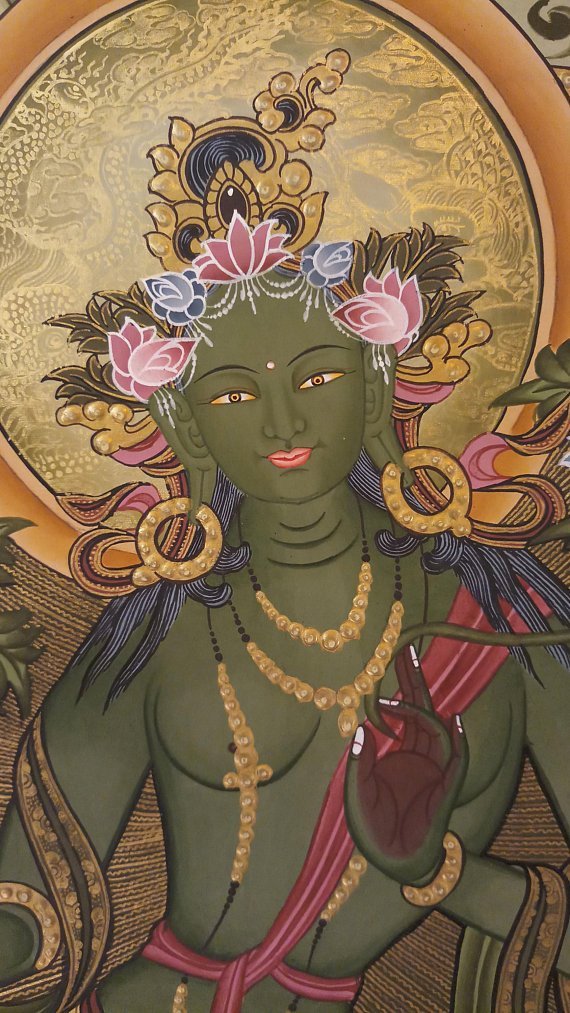

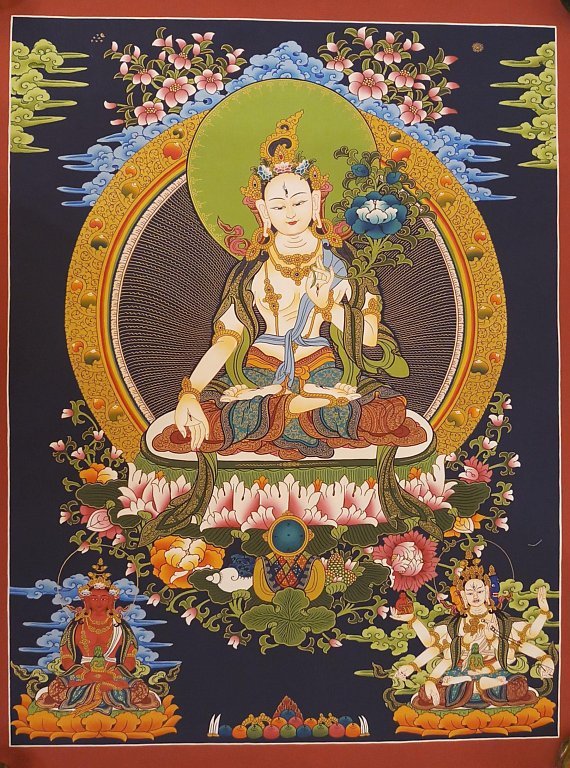
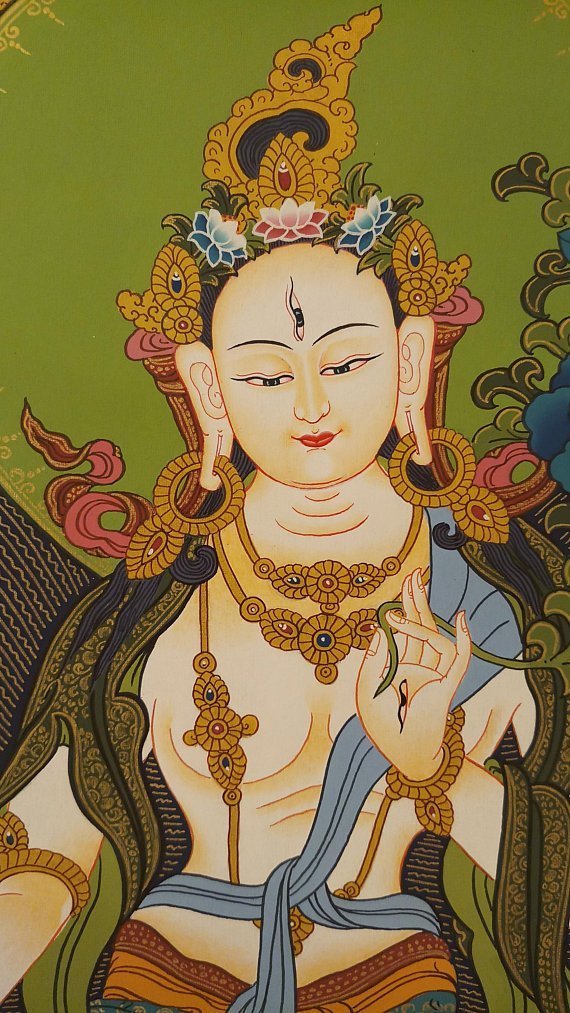

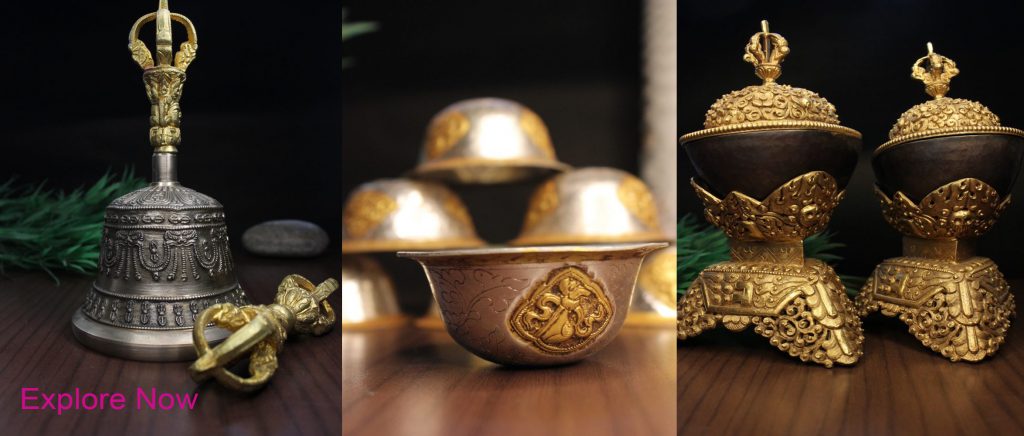
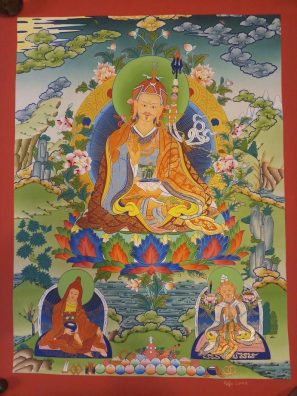
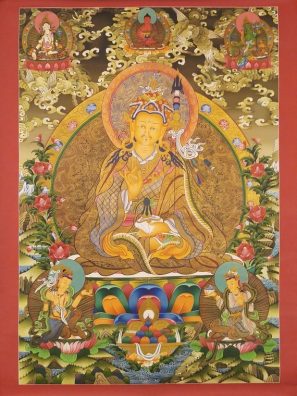
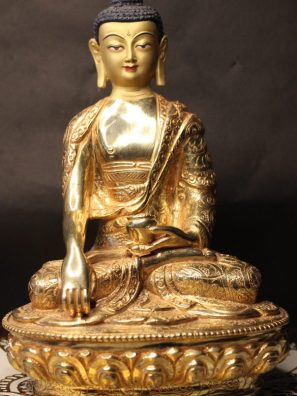
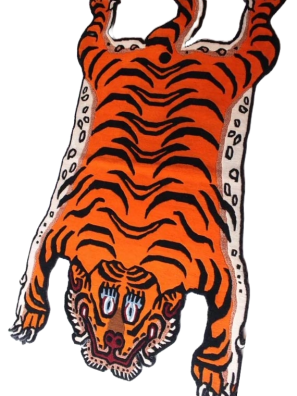
Margeret Madden
Beautiful bowl … quick service very plzed customer Thks ?
margeret madden
antrim, United Kingdom
Review left on Etsy by pinkdolphin2002 on Mar 29, 2016
Lunacywitch
Terrific bowl. Beautifully made with a lovely sound. Lovely bowl. Fast delivery.
Review left on Etsy by lunacywitch on Mar 6, 2020
Check this Product Out!